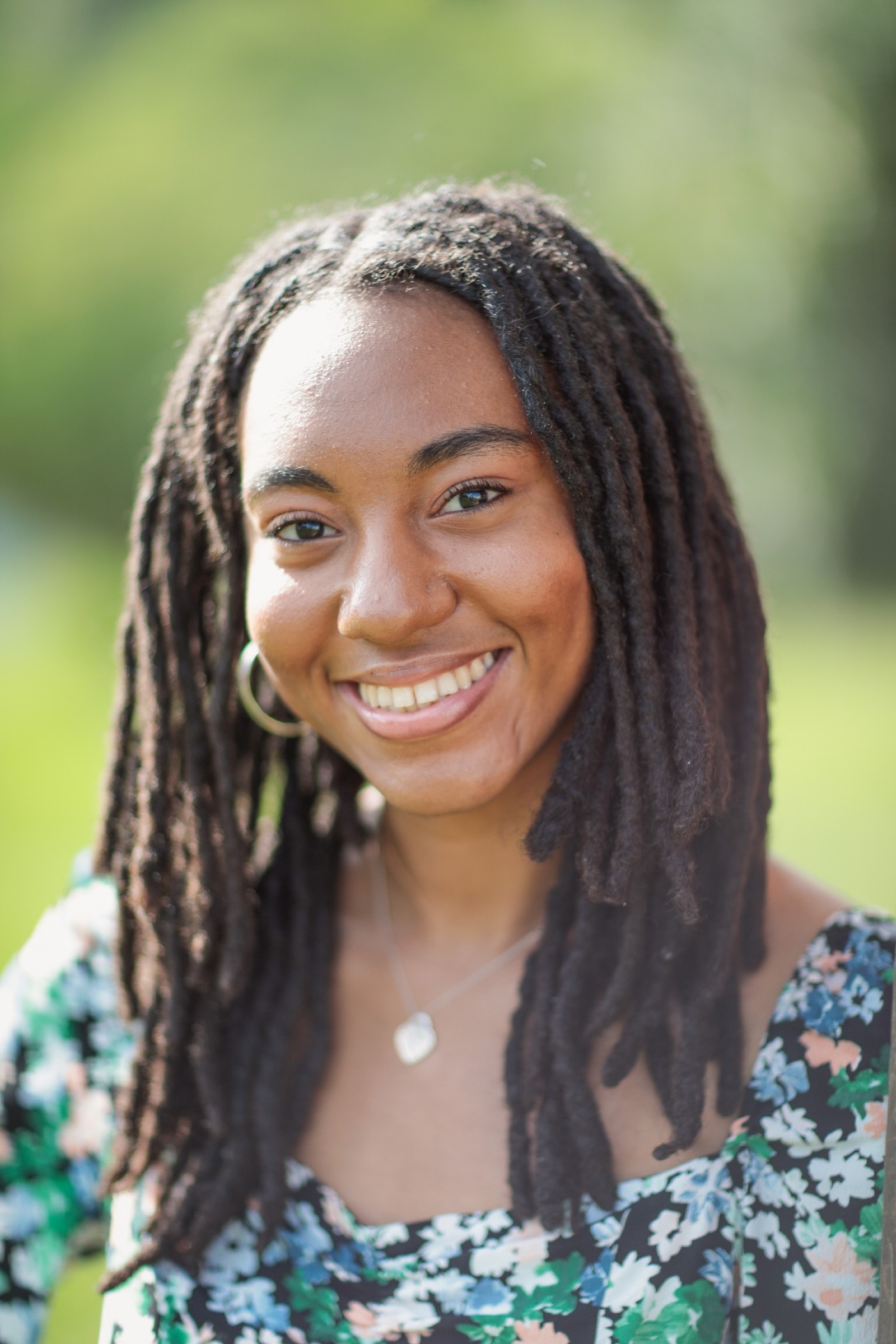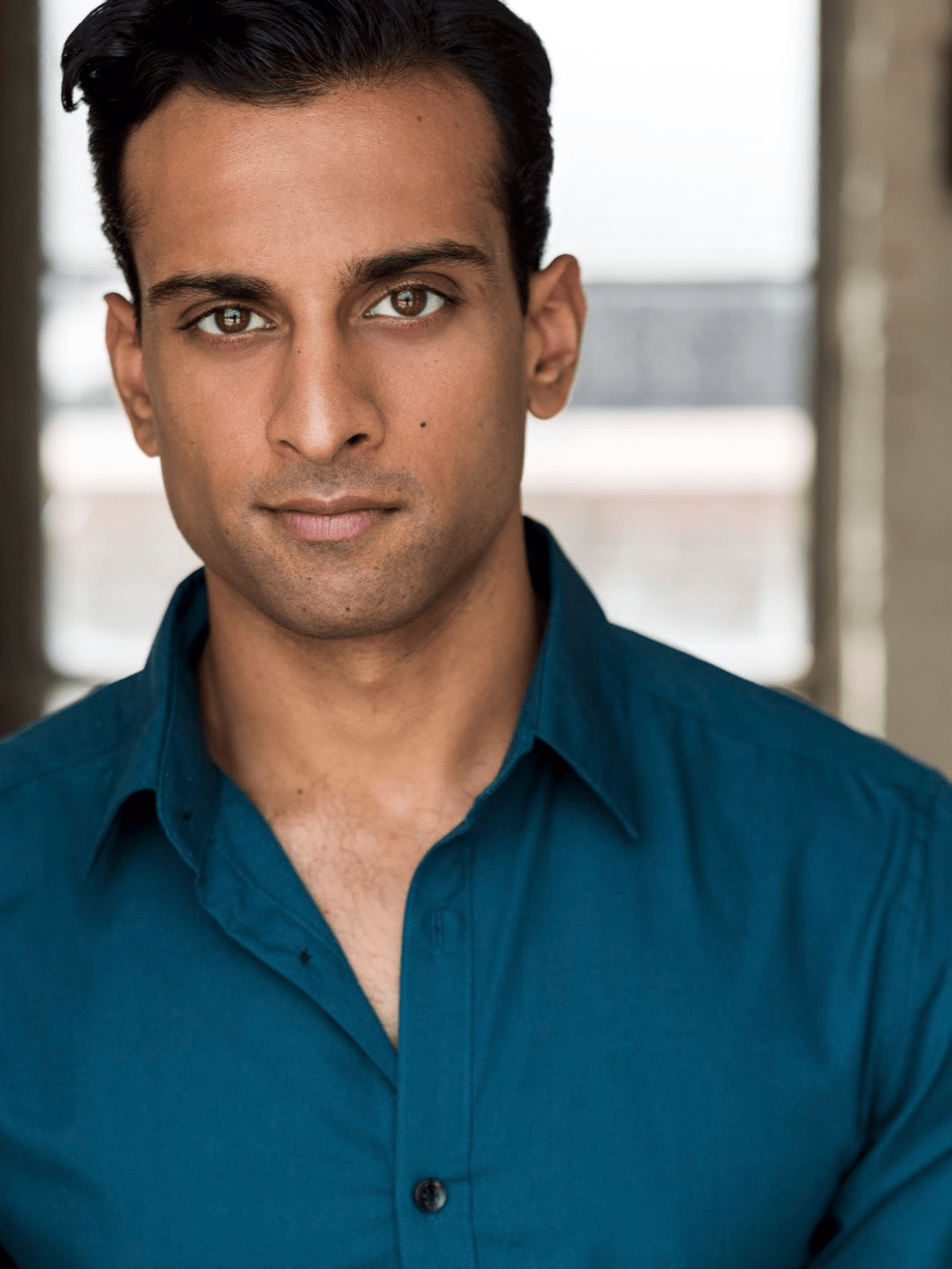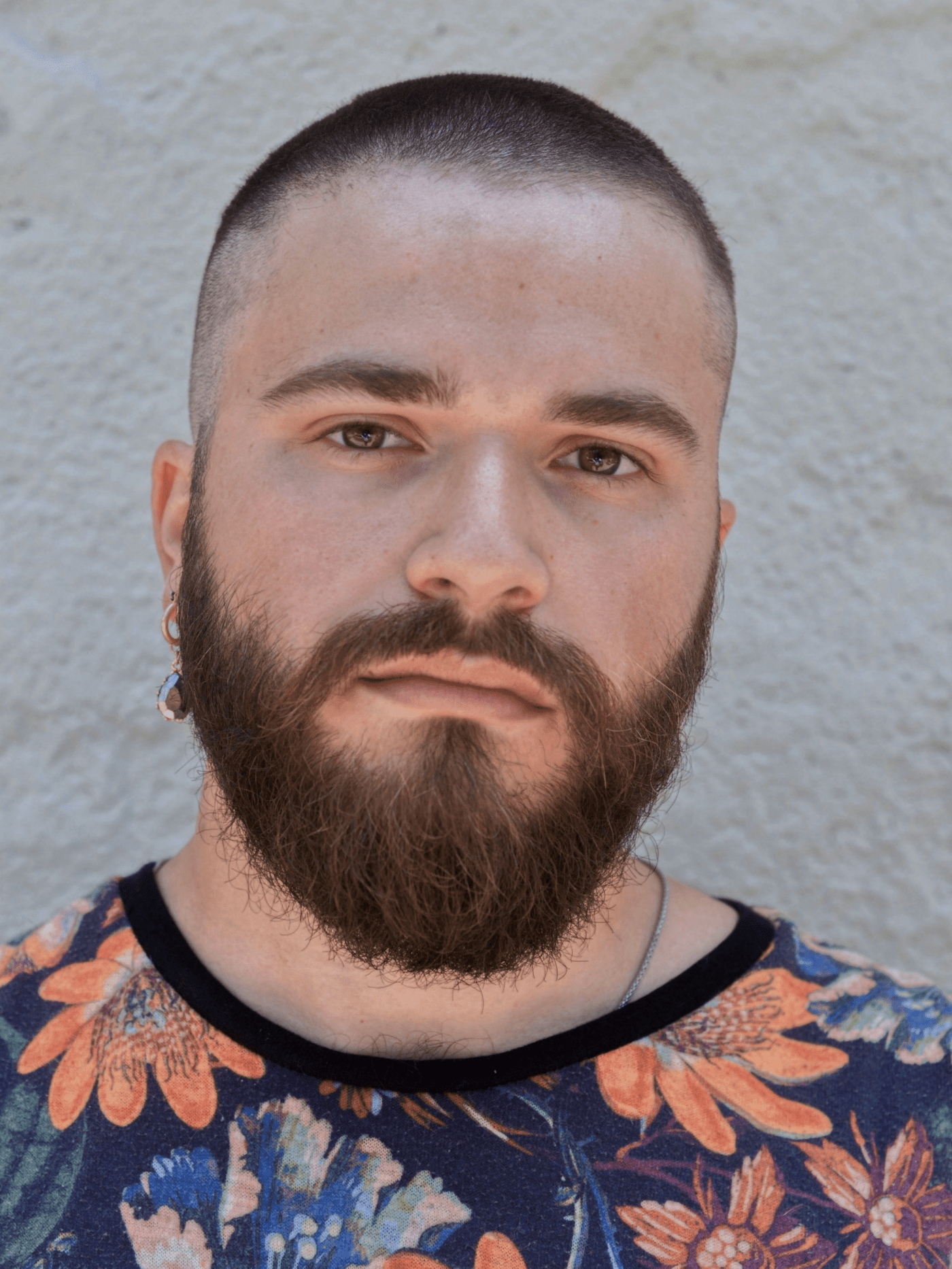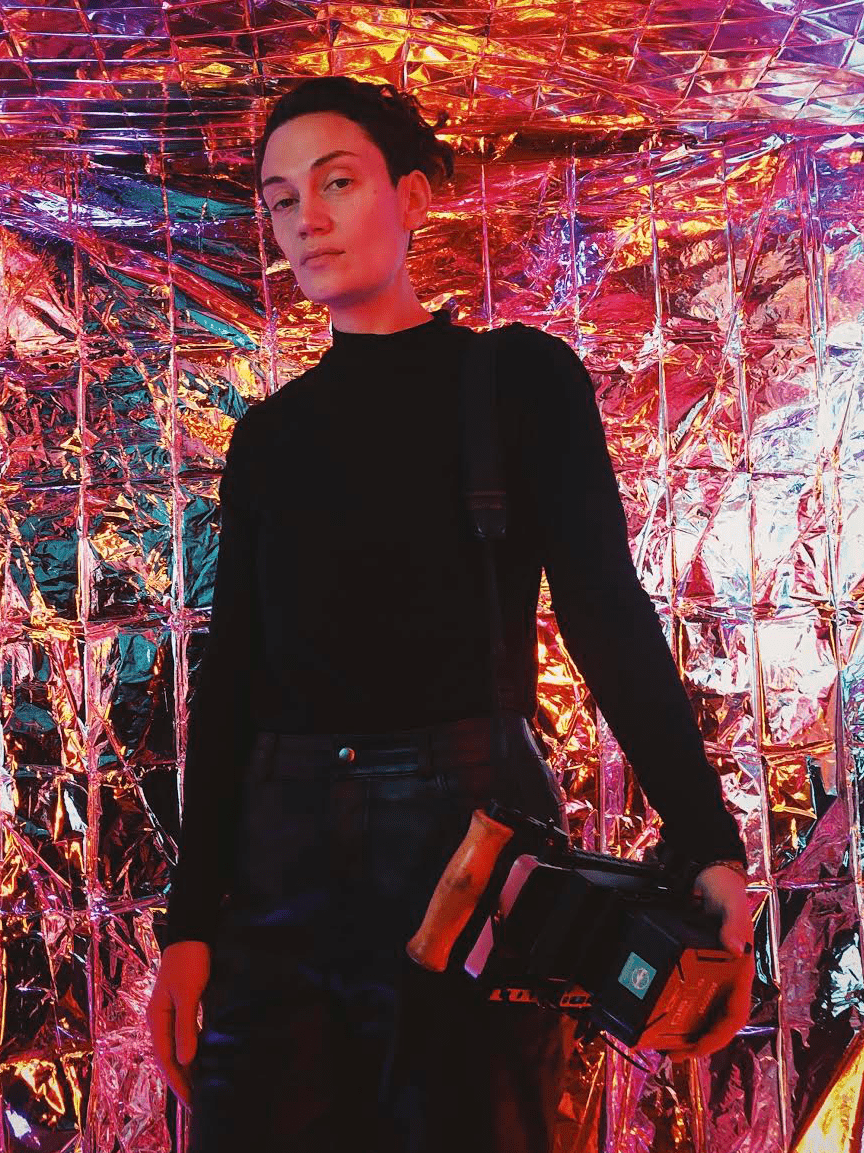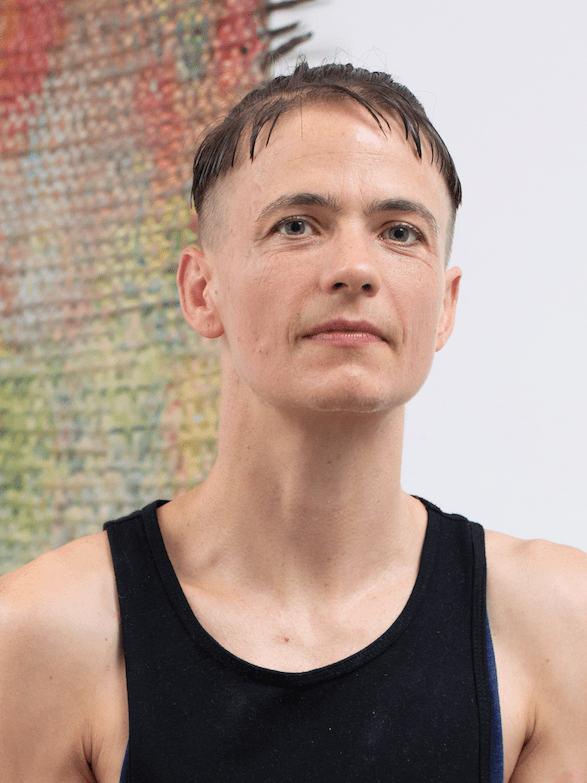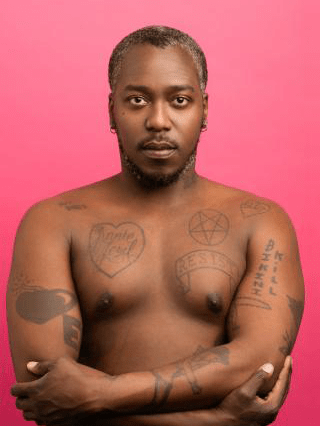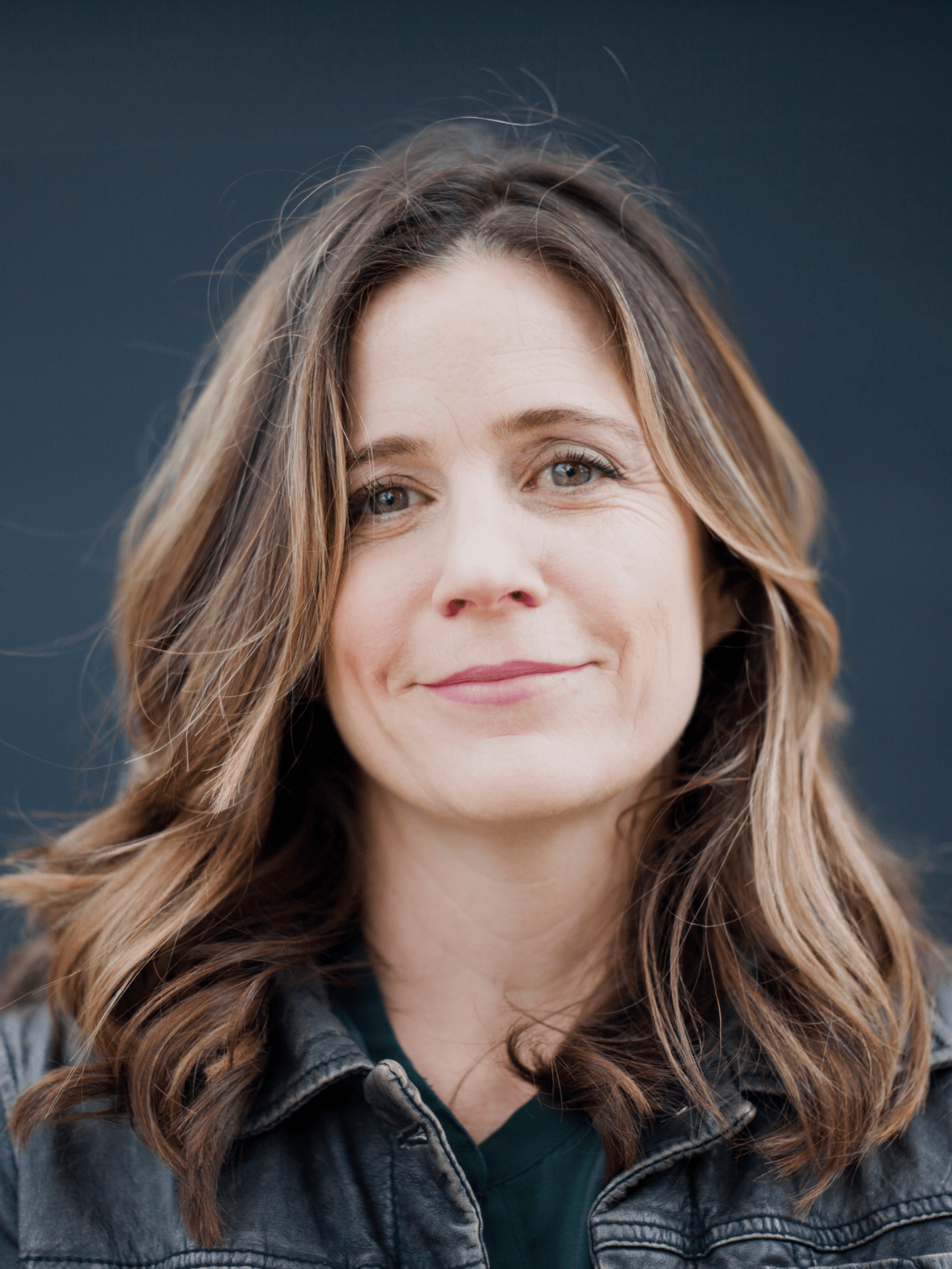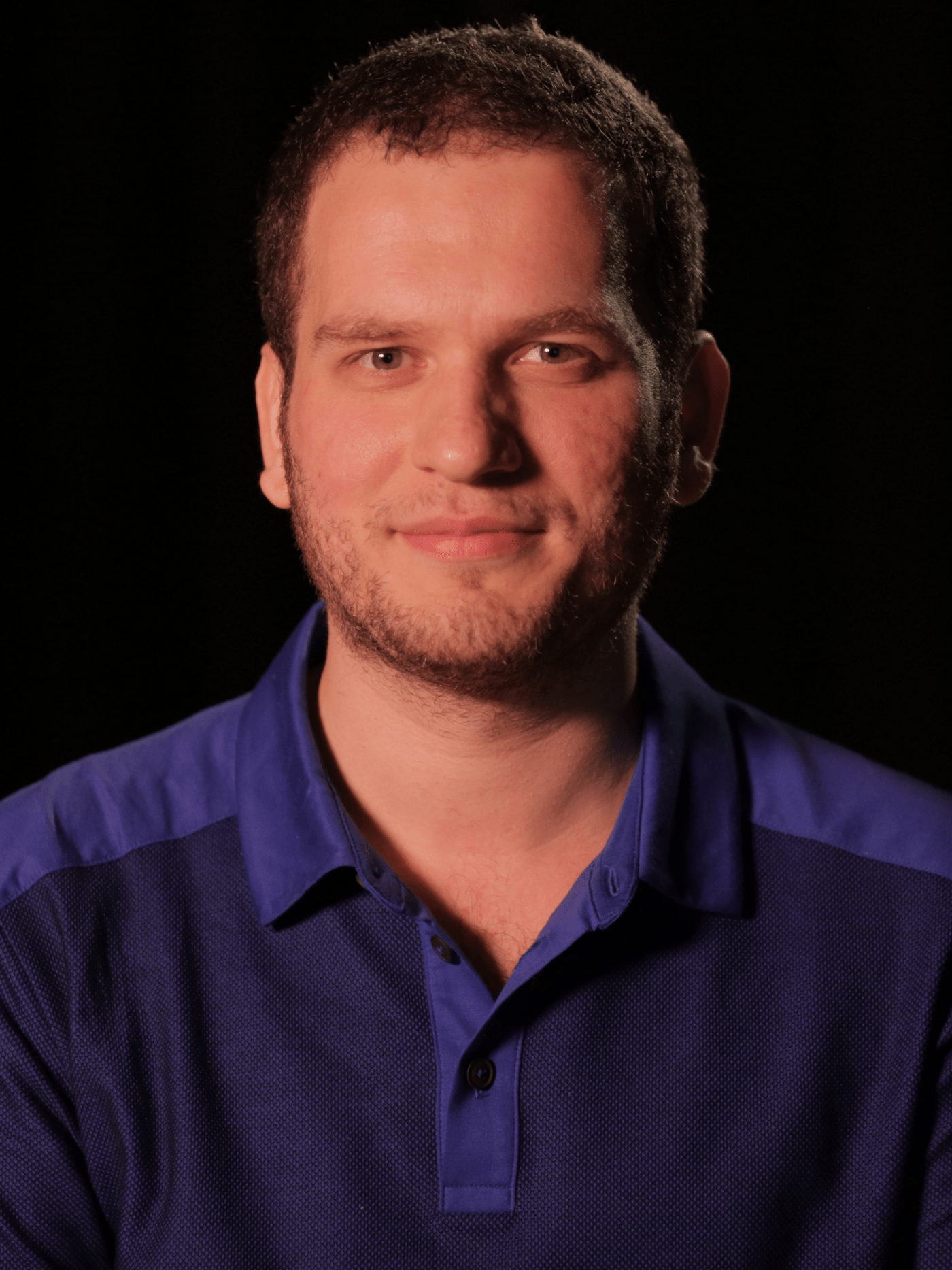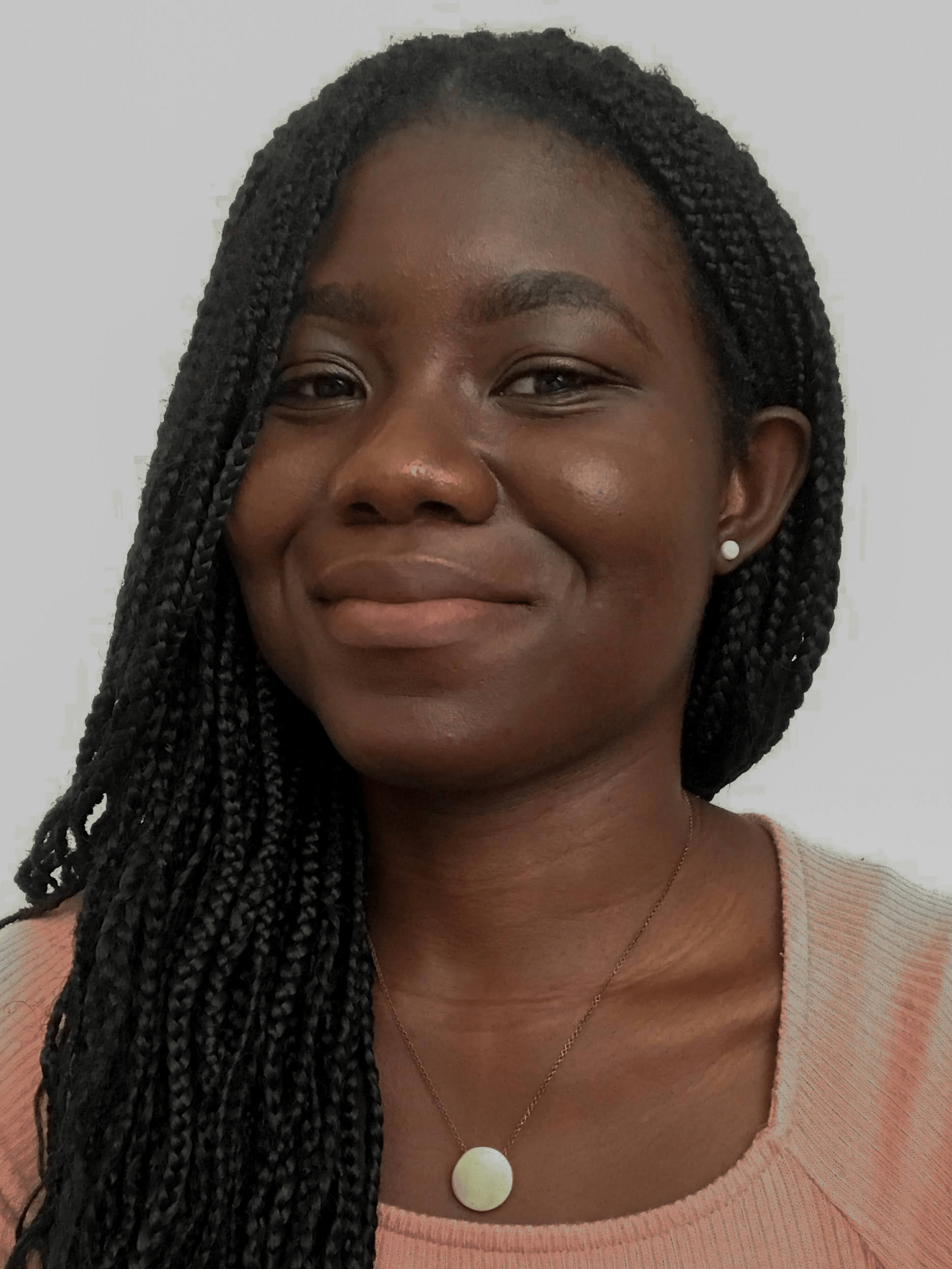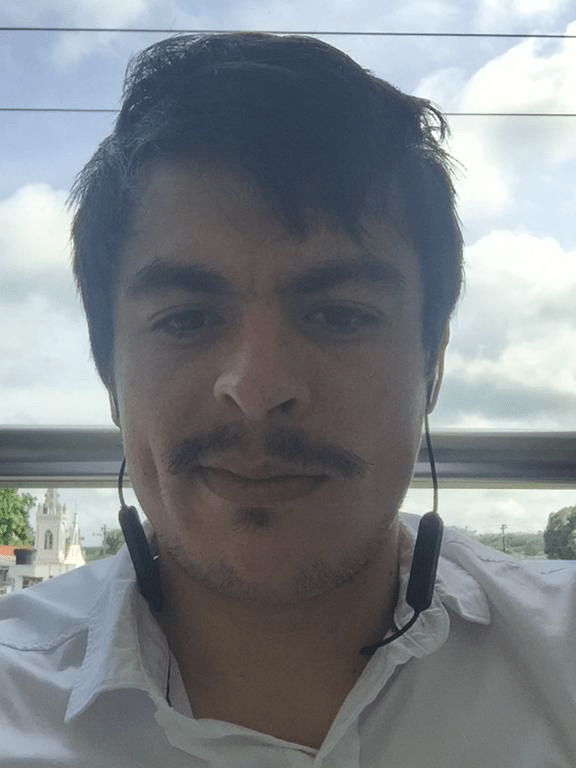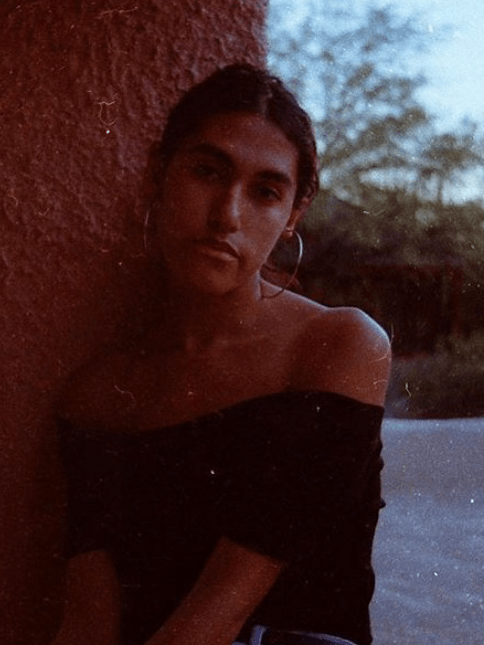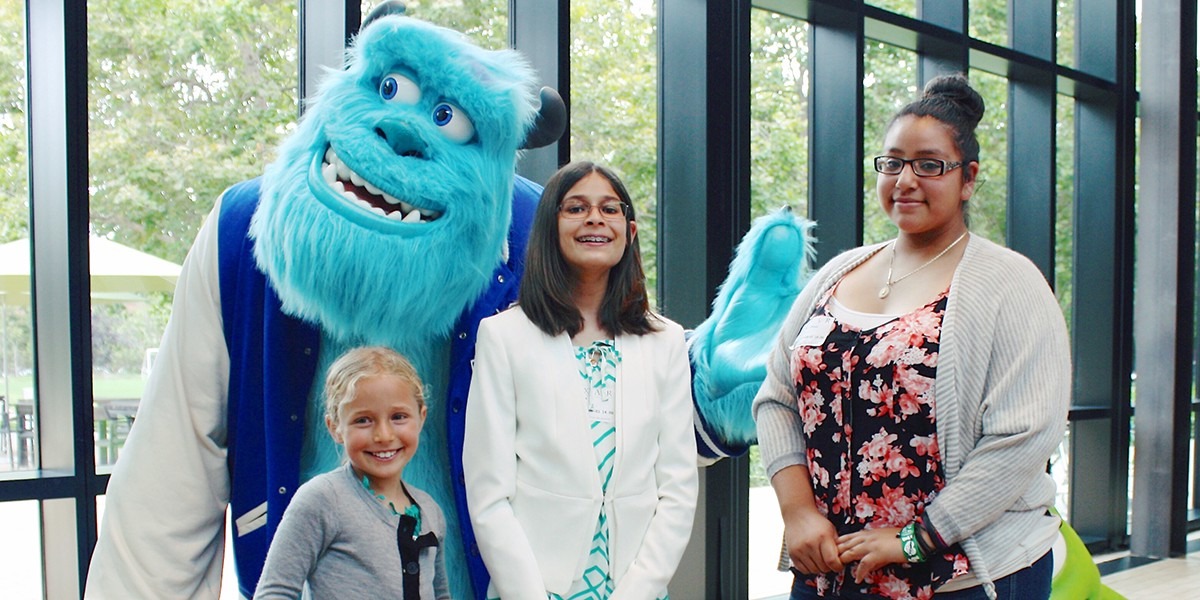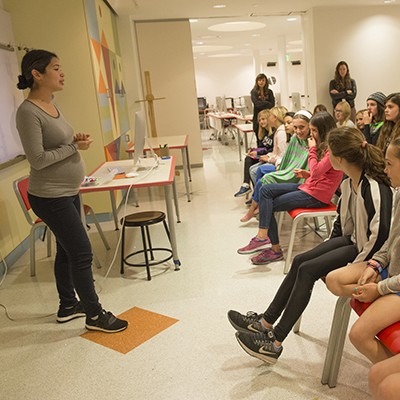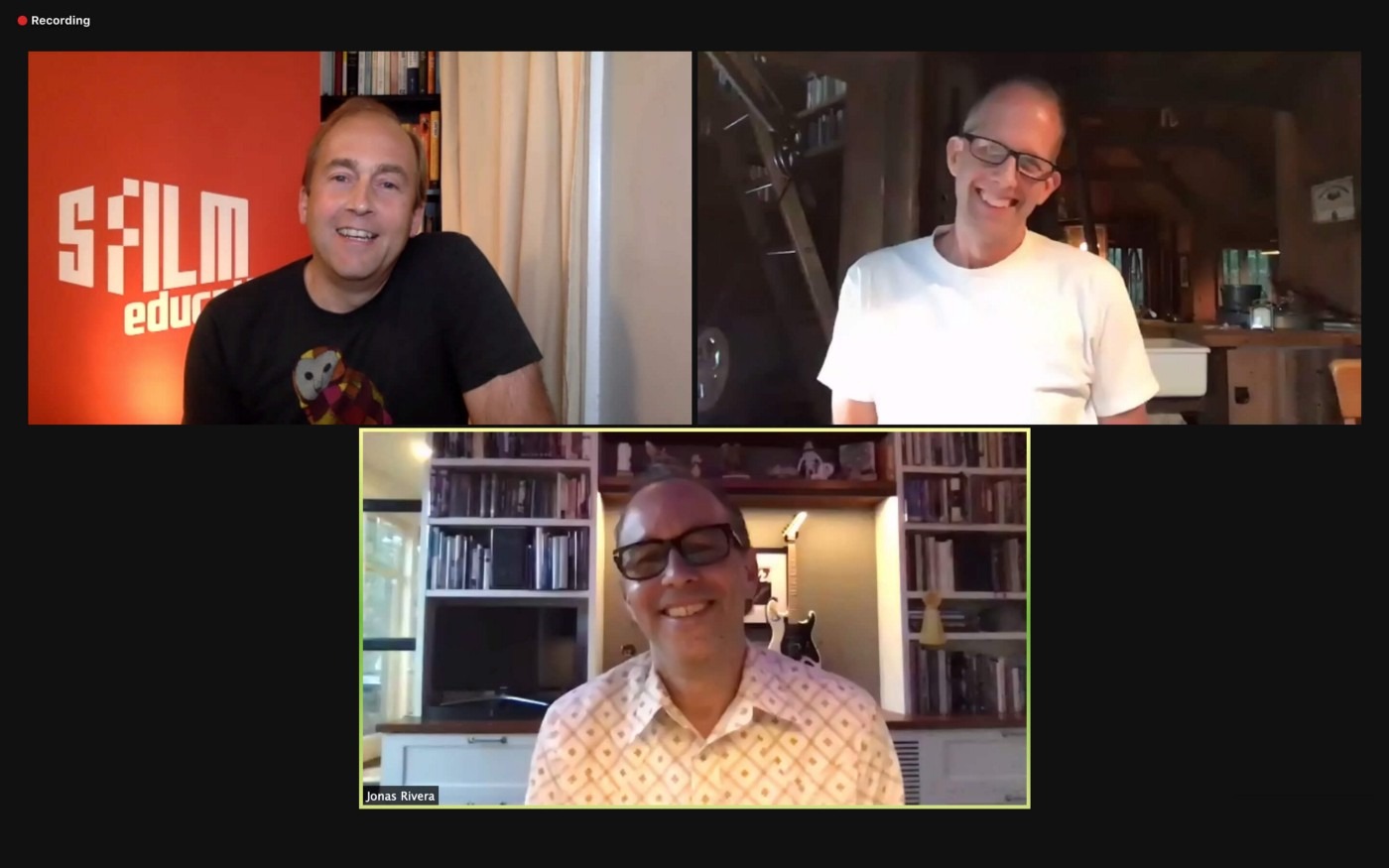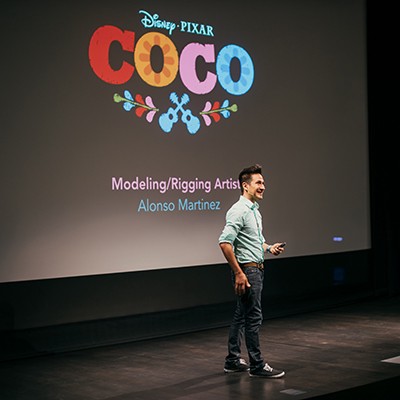Today SFFILM announced the four winners of the 2021 SFFILM Documentary Film Fund (DFF) grants totaling $60,000 which support feature-length documentaries in post-production. Now in its tenth year, DFF was created to support non-fiction films that are distinguished by compelling stories, intriguing characters, and an innovative visual approach. The SFFILM Documentary Film Fund is SFFILM’s largest support program for doc makers. Sarvnik Kaur’s Against the Tide, Nesa Azimi’s Driver, co-directors Silvia Castaños, Estefanía Contreras, Miguel Drake-McLaughlin, Diane Ng, Ana Rodriguez-Falco, and Jillian Schlesinger’s Hummingbirds, and Mathew Ramirez Warren’s Weed Dreams were each awarded funding that will help push each project towards completion.
“In an incredibly competitive slate of submissions, we are thrilled with the winning selections. All of these films explore the human experience in new and powerful ways that truly moved our jury to tears,” said Masashi Niwano, SFFILM Director of Artist Development.
Since its launch in 2011, the SFFILM Documentary Film Fund has distributed nearly $1 million to advance new work by filmmakers nationwide. The 2021 Documentary Film Fund is made possible thanks to support from Jennifer Hymes Battat and the Jenerosity Foundation.
The panelists who reviewed the thirteen finalists’ submissions were Jeanelle Augustin, Manager of Film Fellowships and Artist Development at NBCUniversal; Jennifer Hymes Battat, founder of the Jenerosity Foundation; Liza Mandelup, film director and 2018 DFF winner for Jawline; Joshua Moore, SFFILM Manager of Documentary Programs; Rosa Morales, SFFILM Associate Manager of Narrative Programs; Masashi Niwano, SFFILM Director of Artist Development; Sabrina Sellers, SFFILM Artist Development Coordinator.
“We are delighted to be able to support this fantastic slate of documentaries,” remarked the jury. “Each project focuses on underrepresented characters and fighters striving for a better world. We’re impressed by the visual palettes this talented group of filmmakers have used to create a beautiful tapestry of the diverse and vibrant communities captured in their stories, and we look forward to seeing them reach a wide audience.”
2021 Documentary Film Fund Winners
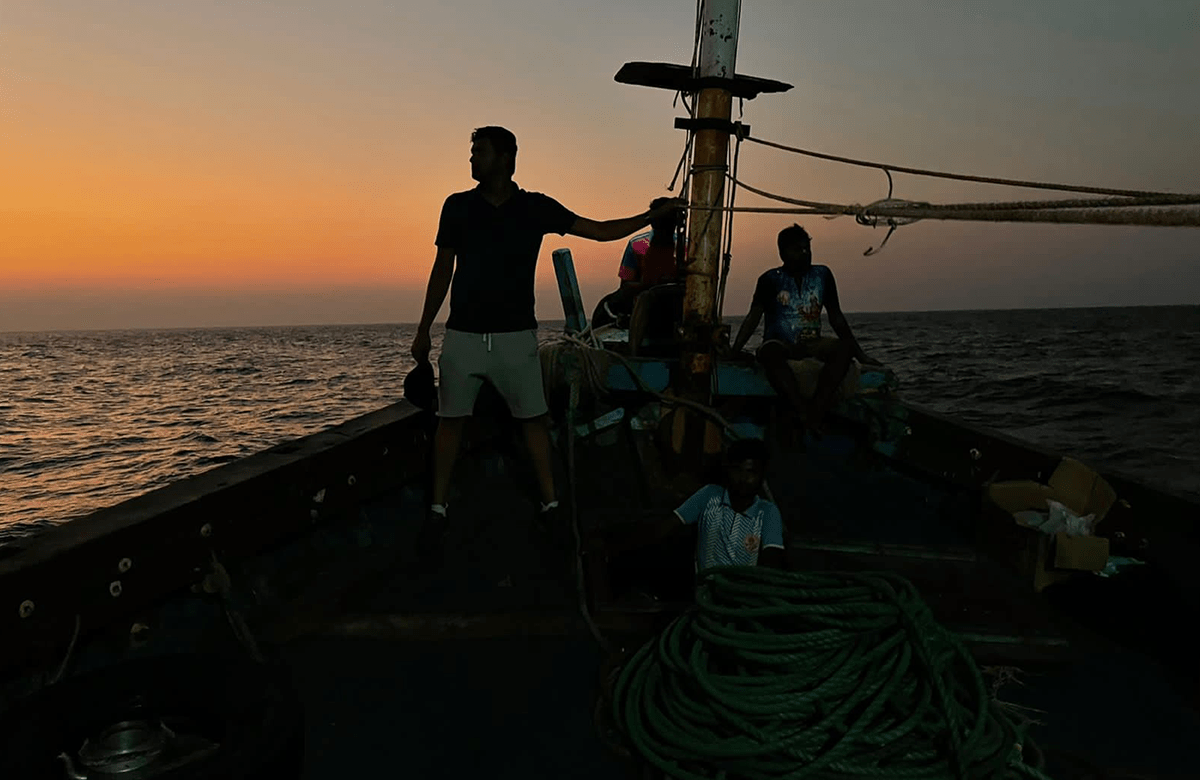
Against the Tide — Sarvnik Kaur, director/producer; Koval Bhatia, producer
A tale of love, brotherhood and resentments against the backdrop of an adoring sea, which is turning adverse under the menacing effects of an all-pervading calamity called climate change.
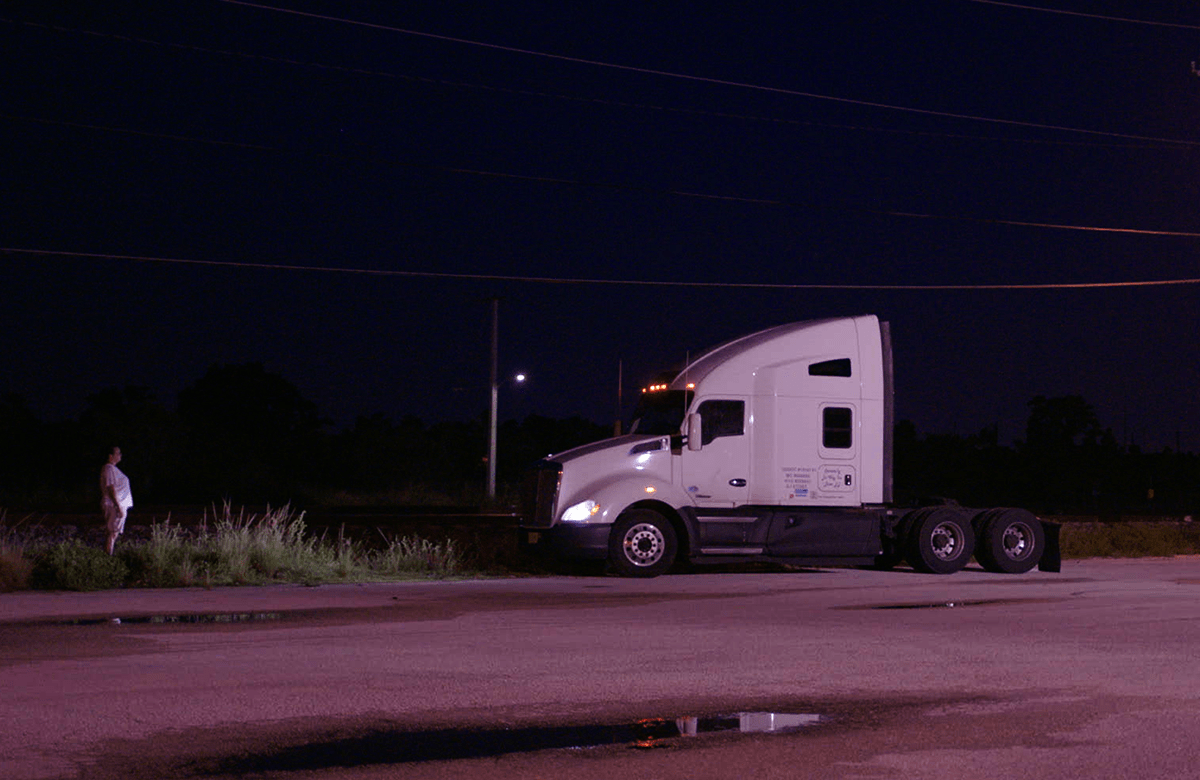
Driver — Nesa Azimi, director/producer; Ines Hofmann Kanna, producer
Driver follows three years in the life of long-haul truck driver Desiree Wood. Taking on an industry where multi-billion dollar megacarriers conspire to make individual drivers anonymous and disposable, Desiree brings together an unlikely group of women to find strength, solidarity, and self-determination on the road — all while she fights to sustain herself as a long-haul truck driver.
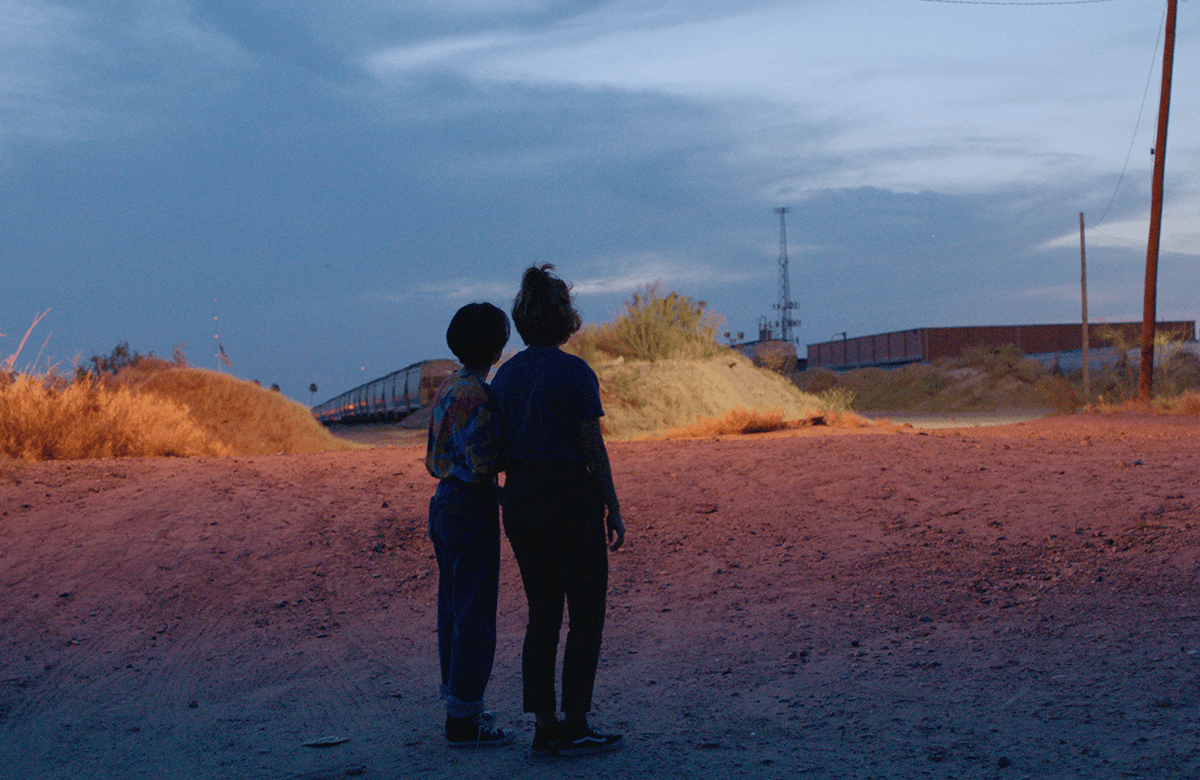
Hummingbirds — Leslie Benavides, producer; Silvia Castaños, co-director; Estefanía Contreras, co-director; Miguel Drake-McLaughlin, producer/co-director; Diane Ng, co-director; Ana Rodriguez-Falco, producer/co-director; Jillian Schlesinger, producer/co-director
In this collaborative coming-of-age film, best friends Silvia and Beba escape the cruel heat of summer in their Texas border town, wandering empty streets at night in search of inspiration, adventure, and a sense of belonging. When forces threaten their shared dreams, they take a stand and hold onto what they can — the moment and each other.
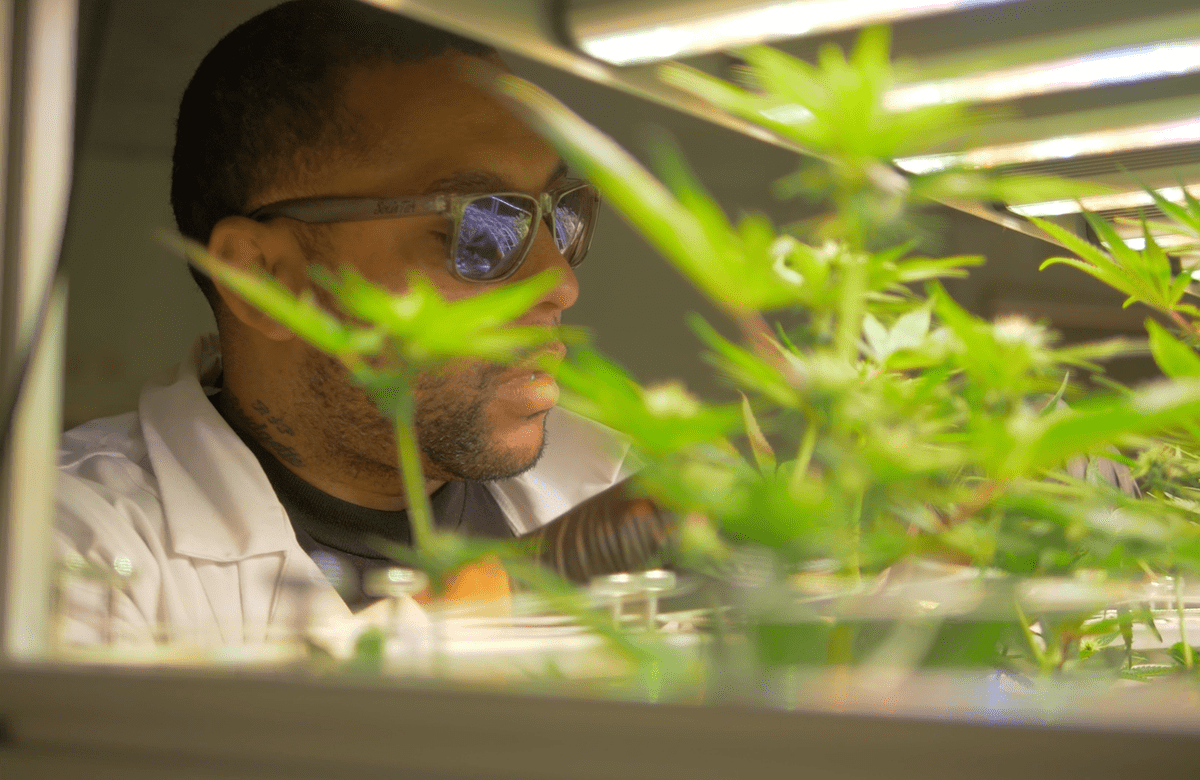
Weed Dreams — Mathew Ramirez Warren, director/producer; Barni Axmed Qaasim, producer
Black-owned businesses in Oakland, California try to break into the predominantly white legal Cannabis industry, through the nation’s first ever Cannabis Equity Program.
Previous Documentary Film Fund winners
The SFFILM Documentary Film Fund has an excellent track record for advancing compelling films that go on to critical acclaim. Previous DFF winners include Rintu Thomas and Sushmit Ghosh’s Writing With Fire, which won Audience and Special Jury Awards at the 2021 Sundance Film Festival; Ljubo Stefanov and Tamara Kotevska’s Honeyland, which won a record number of juried awards at the 2019 Sundance Film Festival and was nominated for Academy Awards for both Best Documentary Feature and Best Foreign Language Film; RaMell Ross’ Hale County This Morning, This Evening, which won a Special Jury Prize at Sundance 2018 and was nominated for the 2019 Academy Award for Best Documentary Feature; Liza Mandelup’s Jawline, which won a Special Jury Award at Sundance 2019 and is currently streaming on Hulu; Hassan Fazili’s Midnight Traveler, which won a Special Jury Award at Sundance 2019 and the McBaine Documentary Feature Award at the 2019 SFFILM Festival; Luke Lorentzen’s Midnight Family, which premiered at Sundance 2019 and won dozens of awards including a Creative Recognition Award for Best Editing from the International Documentary Association; Assia Boundaoui’s The Feeling of Being Watched, which has won audience awards at several film festivals and was broadcast nationwide on POV; Alyssa Fedele and Zachary Fink’s The Rescue List, which had its world premiere at the 2018 SFFILM Festival and was broadcast nationwide on POV; and Zachary Heinzerling’s Cutie and the Boxer, which won Sundance’s Directing Award for documentary and was nominated for the 2014 Academy Award for Best Documentary Feature.
Stay In Touch With SFFILM
SFFILM is a nonprofit organization whose mission ensures independent voices in film are welcomed, heard, and given the resources to thrive. SFFILM works hard to bring the most exciting films and filmmakers to Bay Area movie lovers. To be the first to know what’s coming, sign up for our email alerts and watch your inbox.
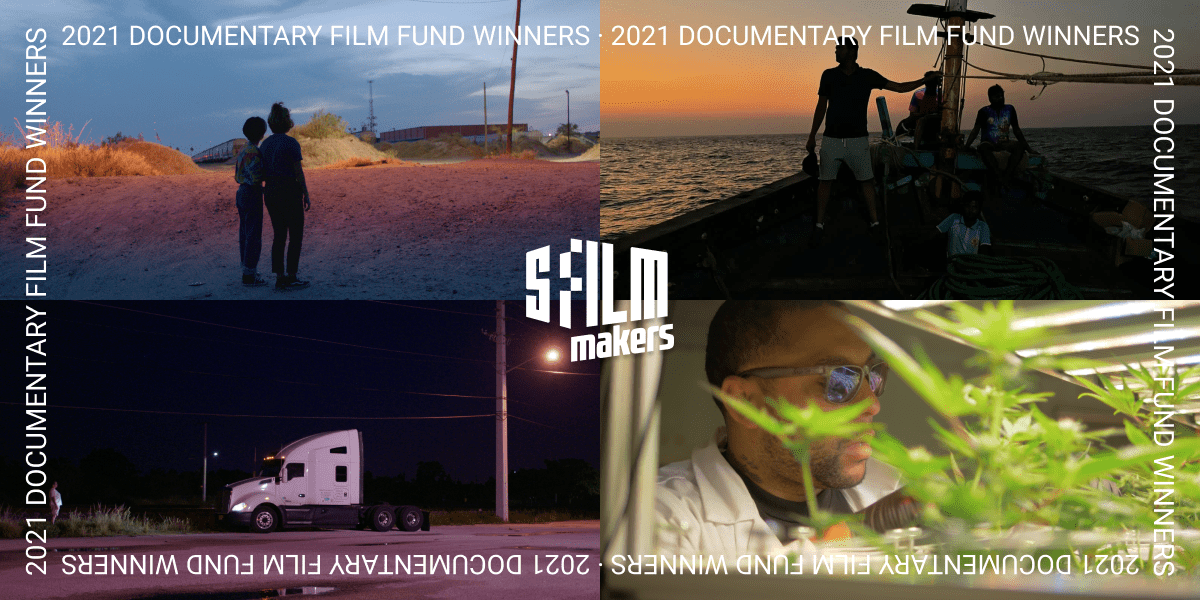
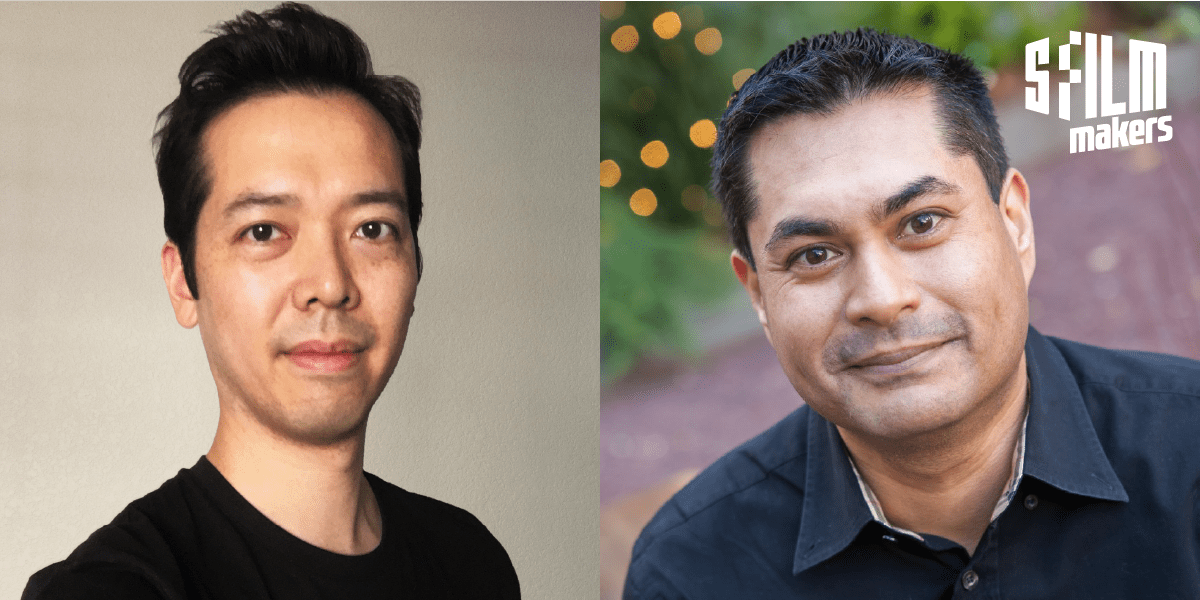
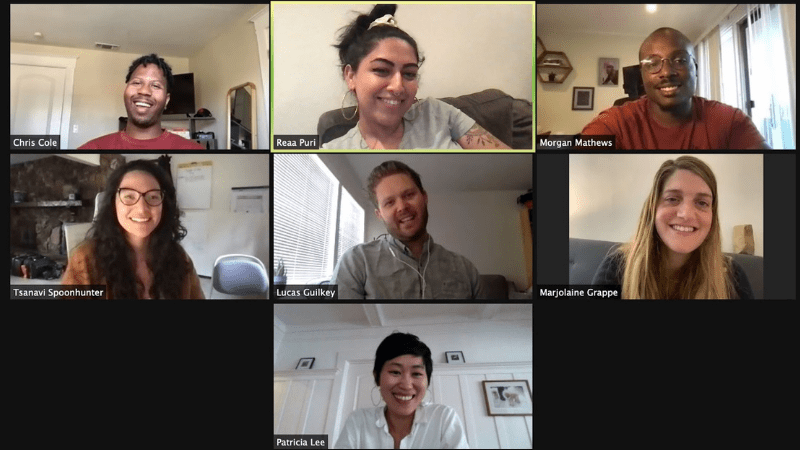
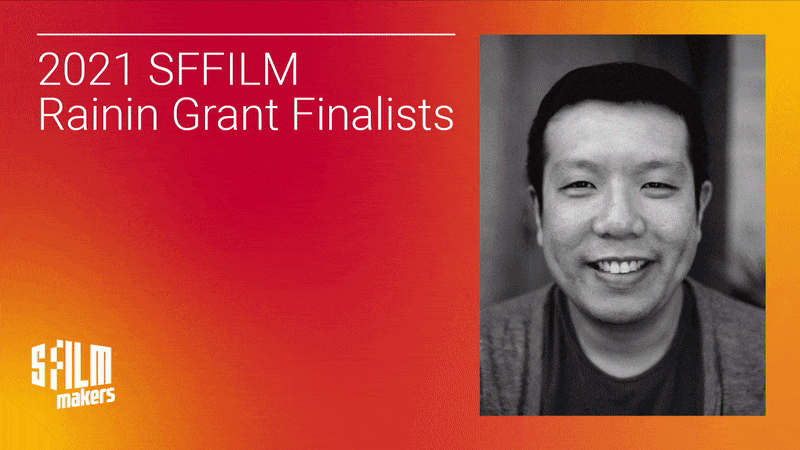
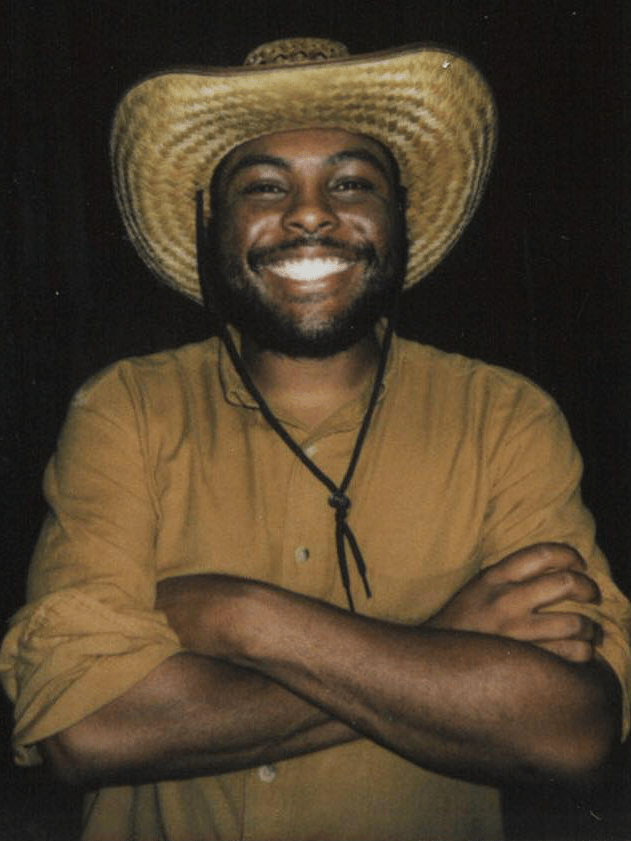
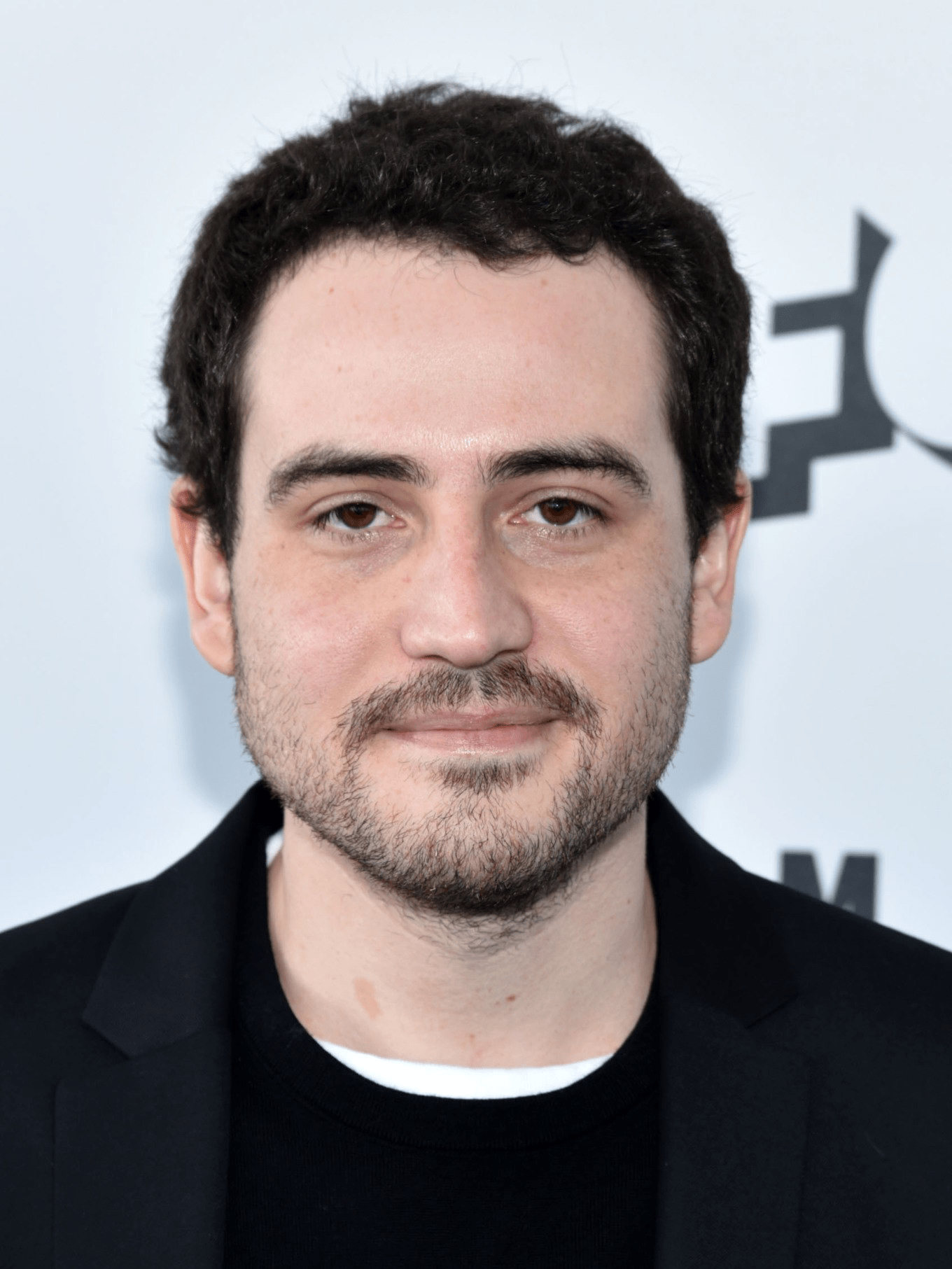
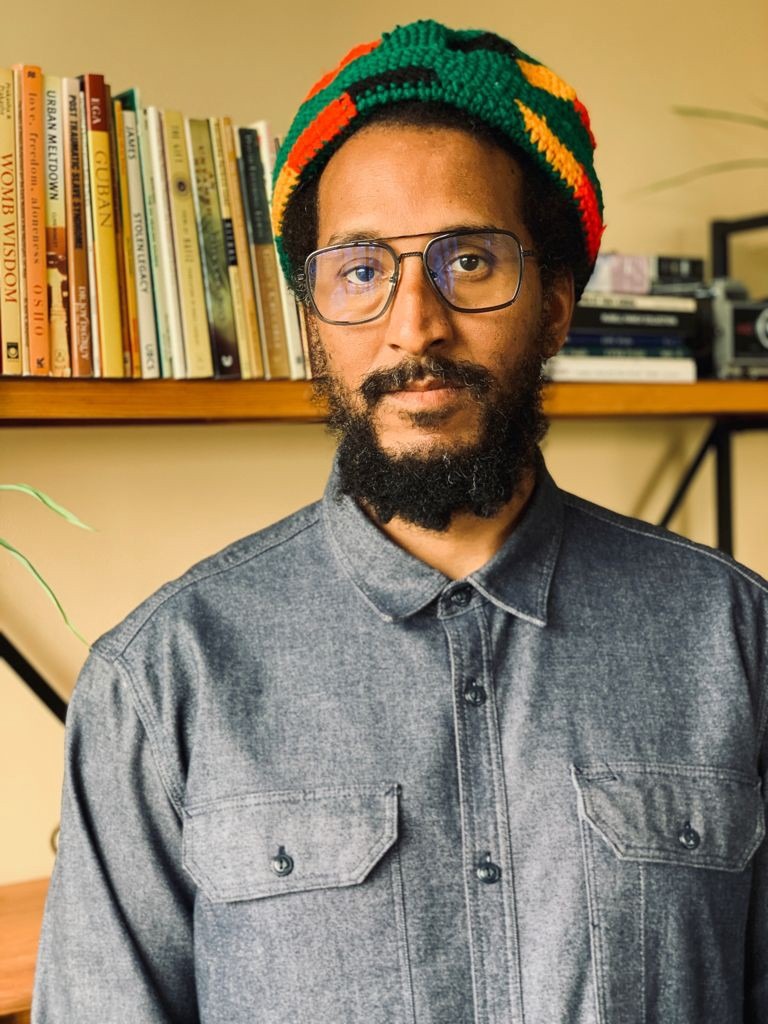
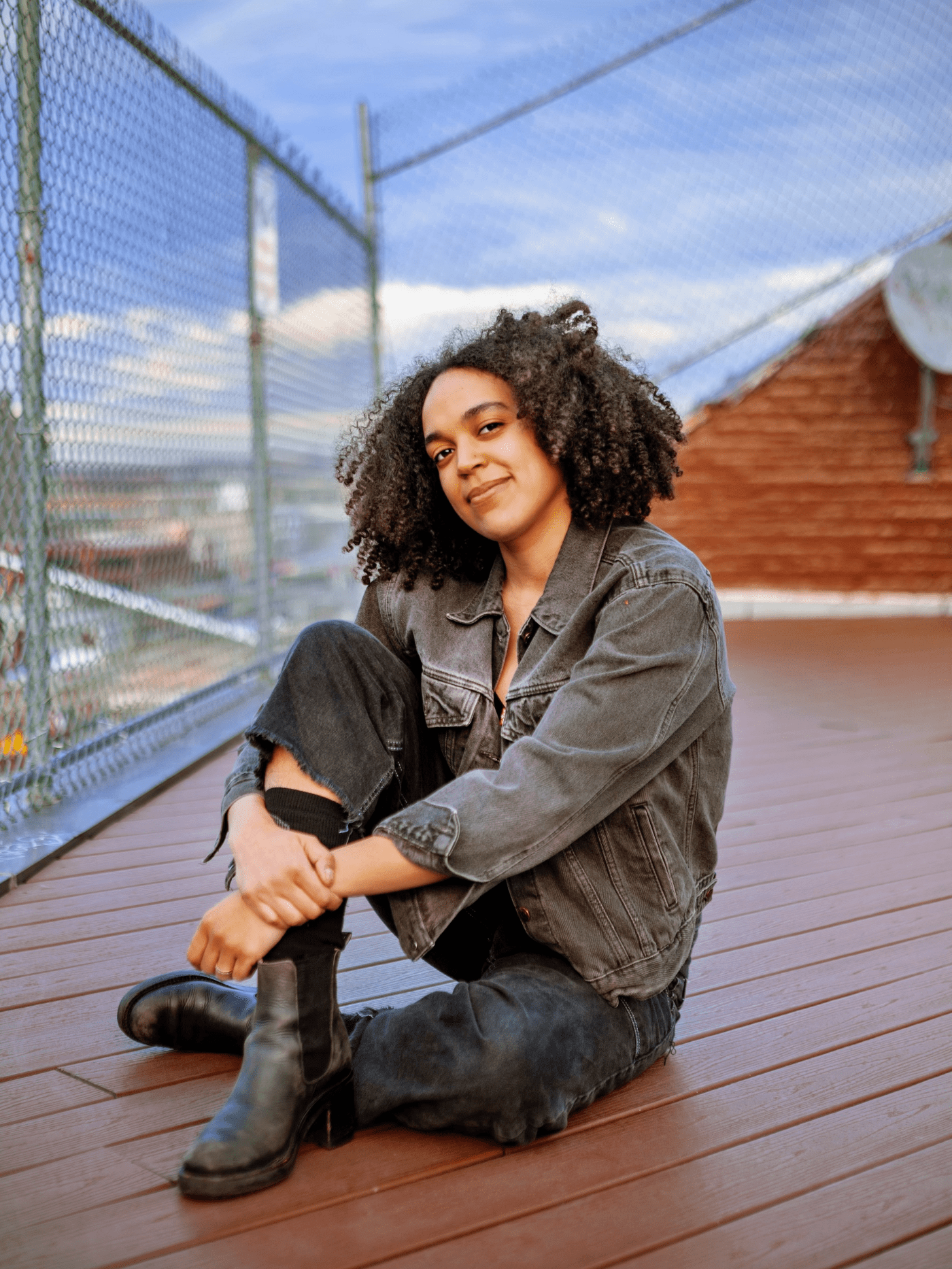
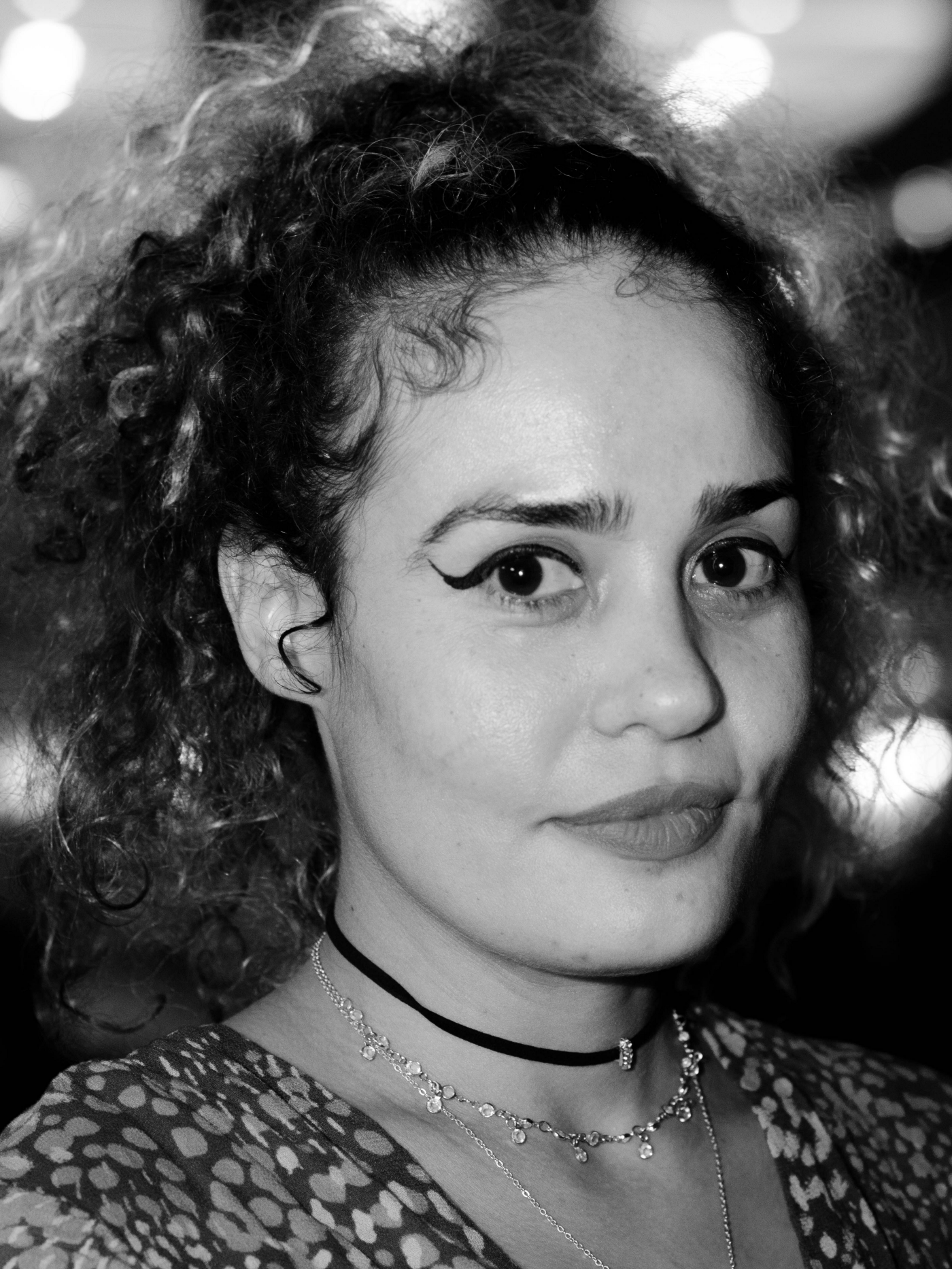
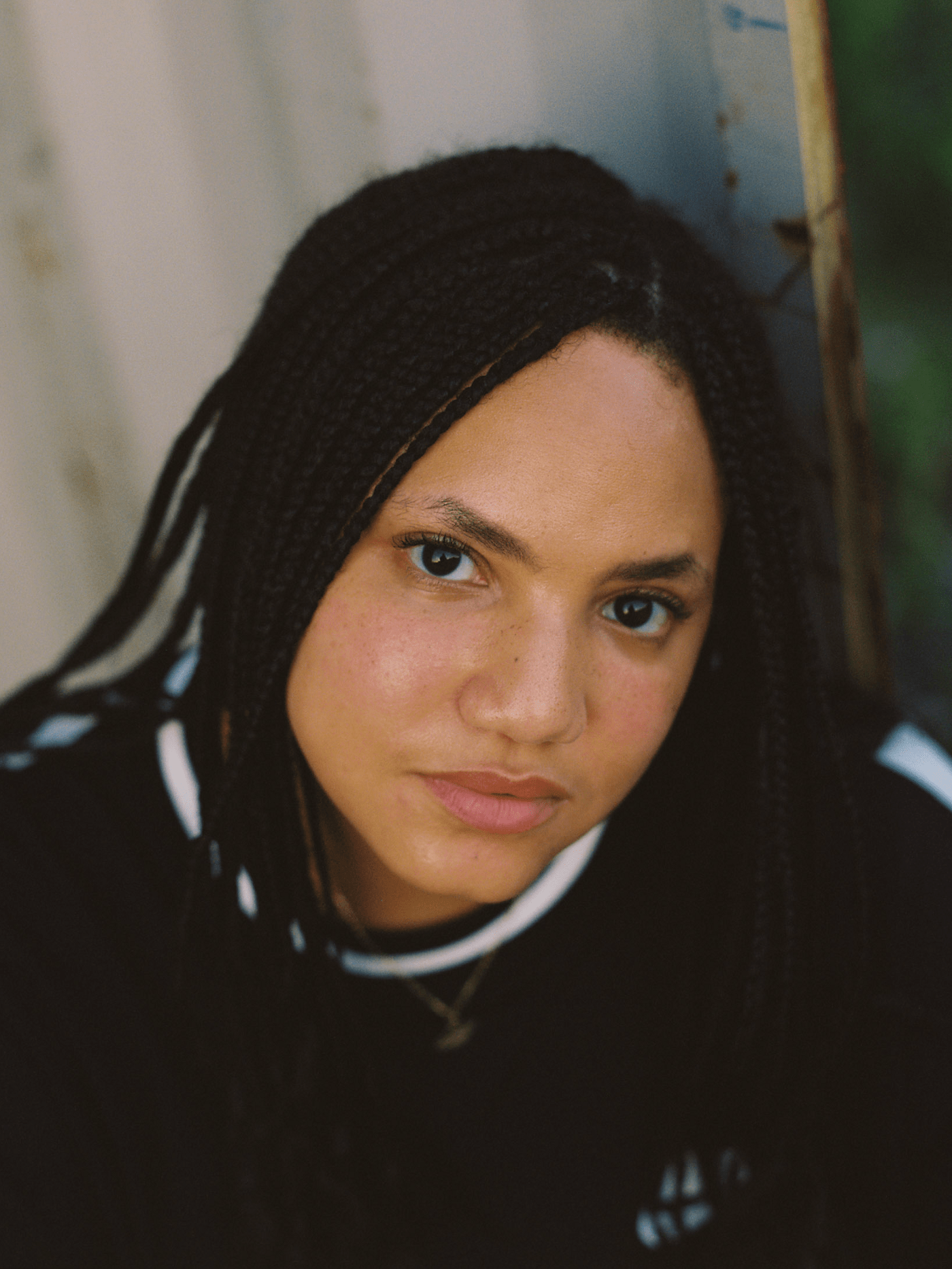
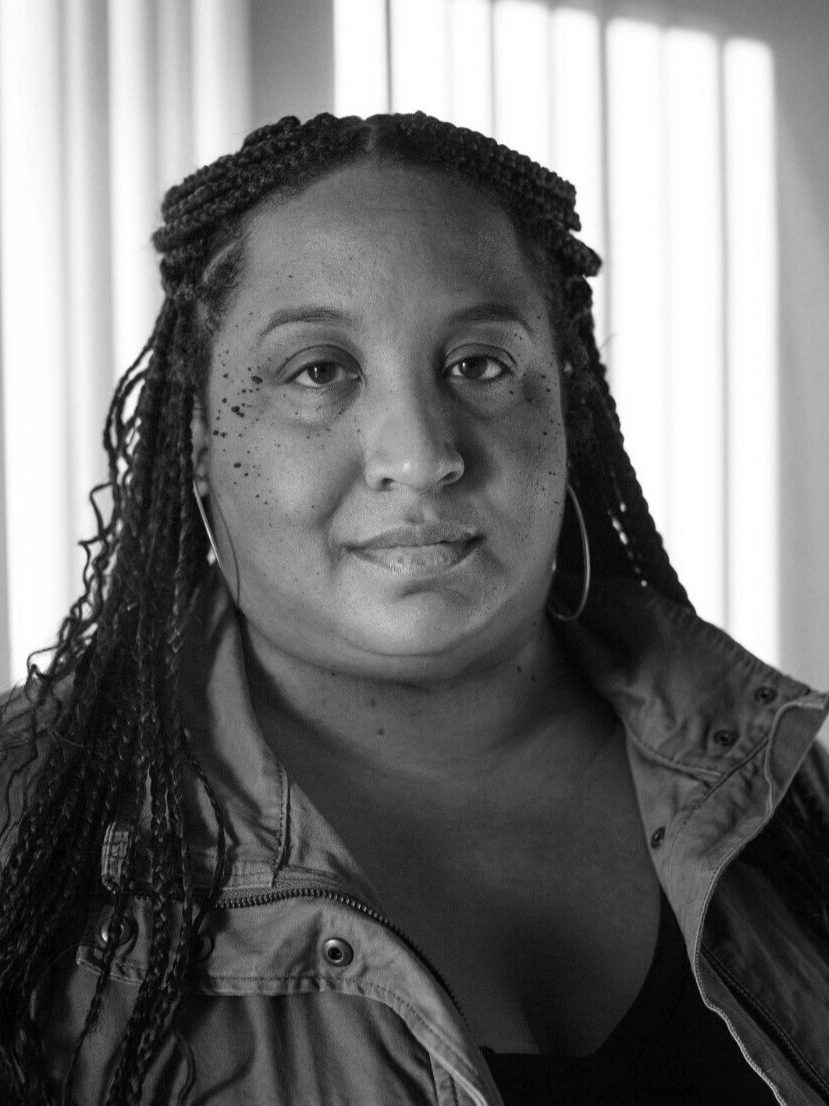
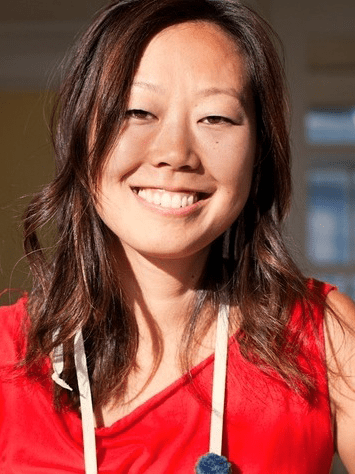
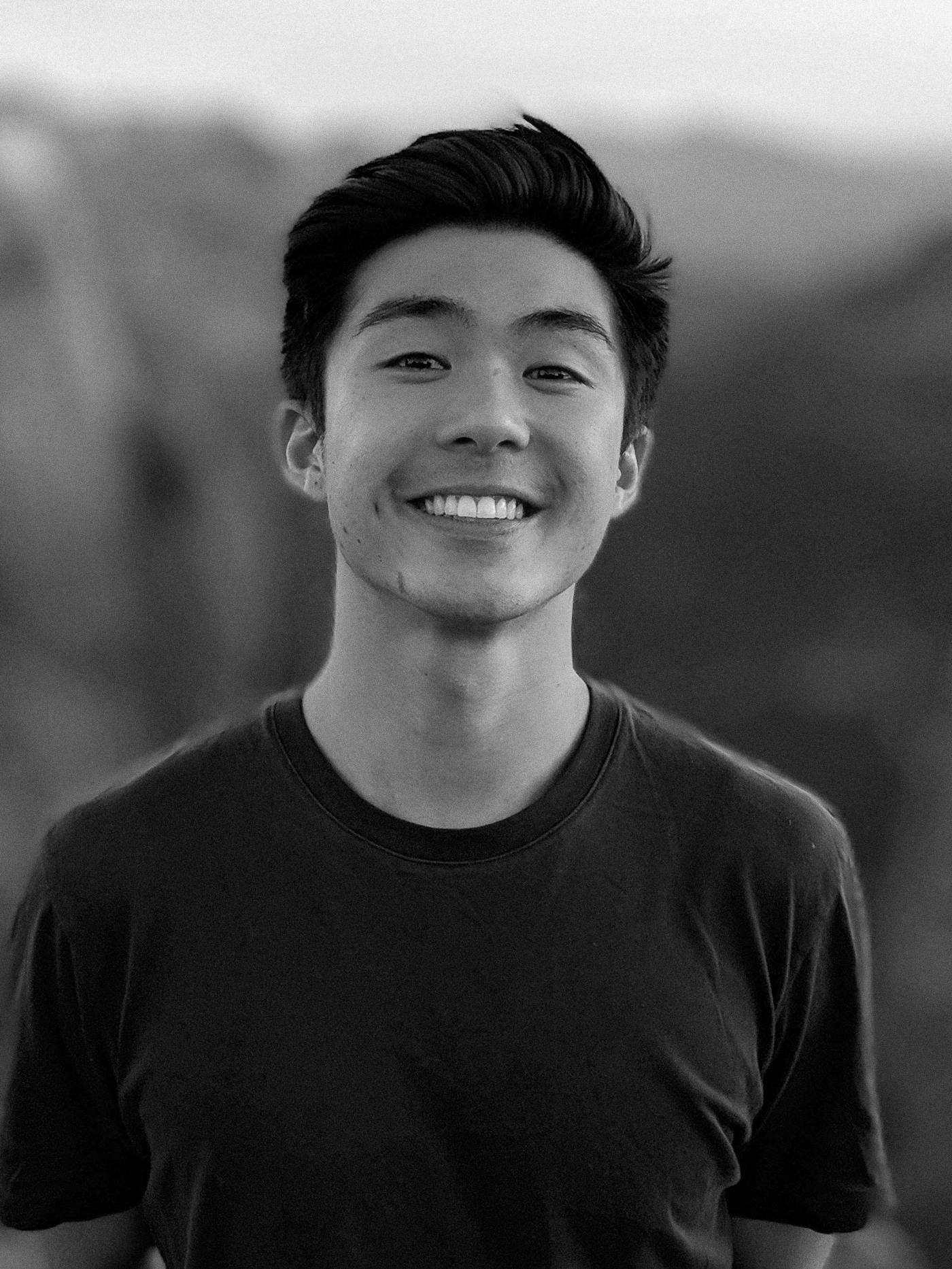
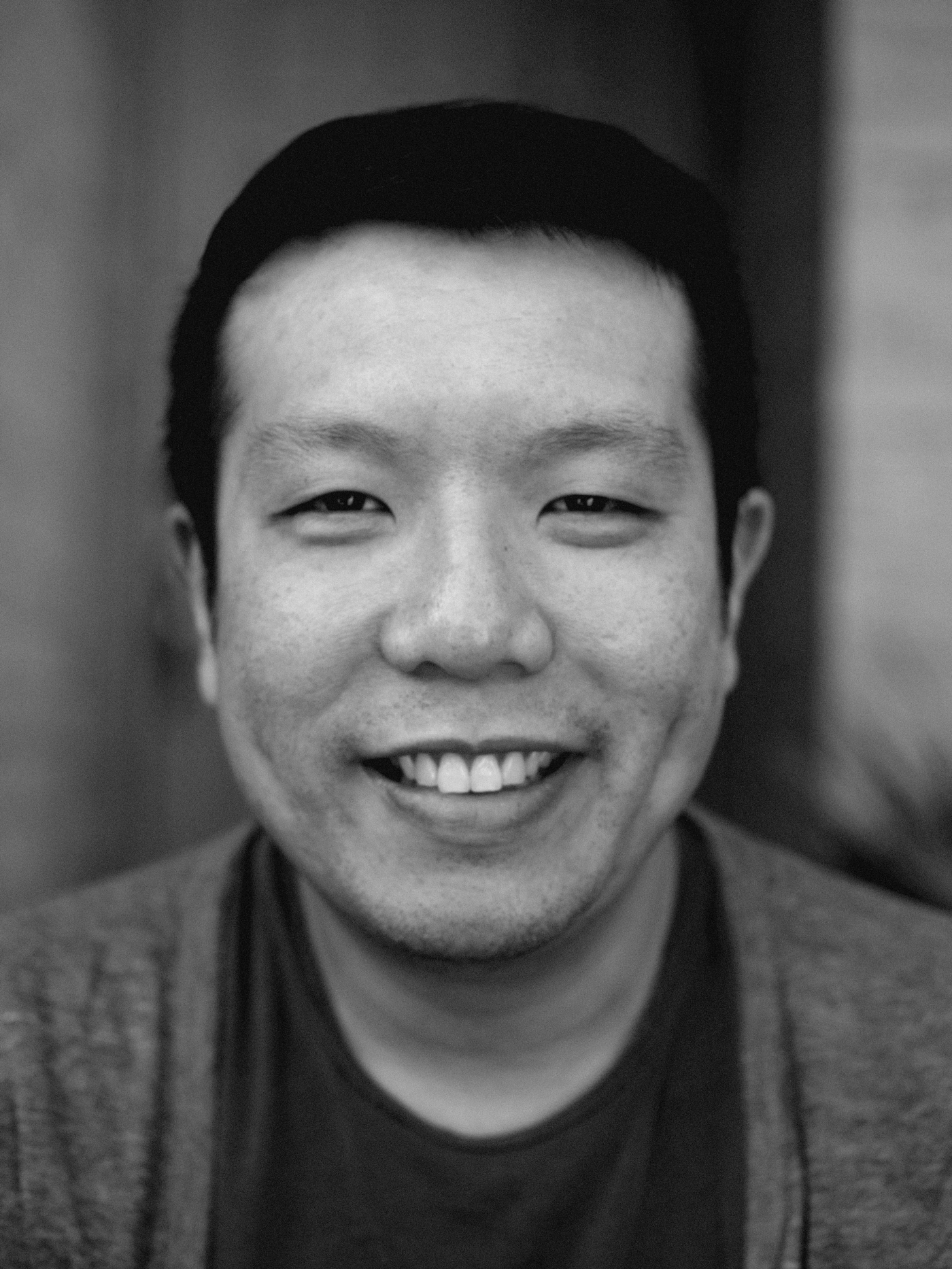
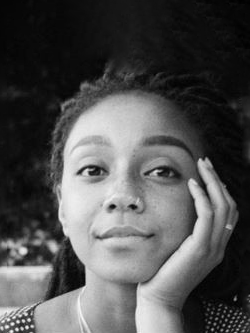
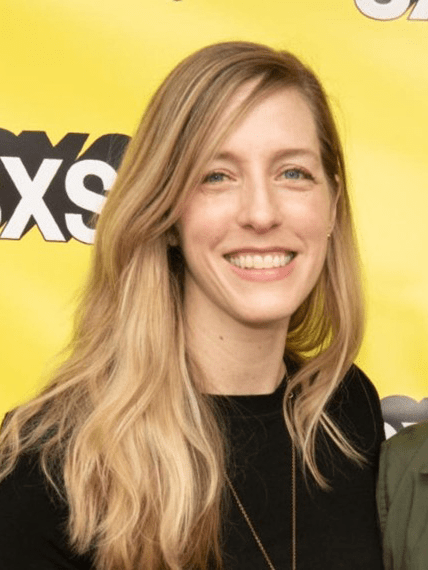
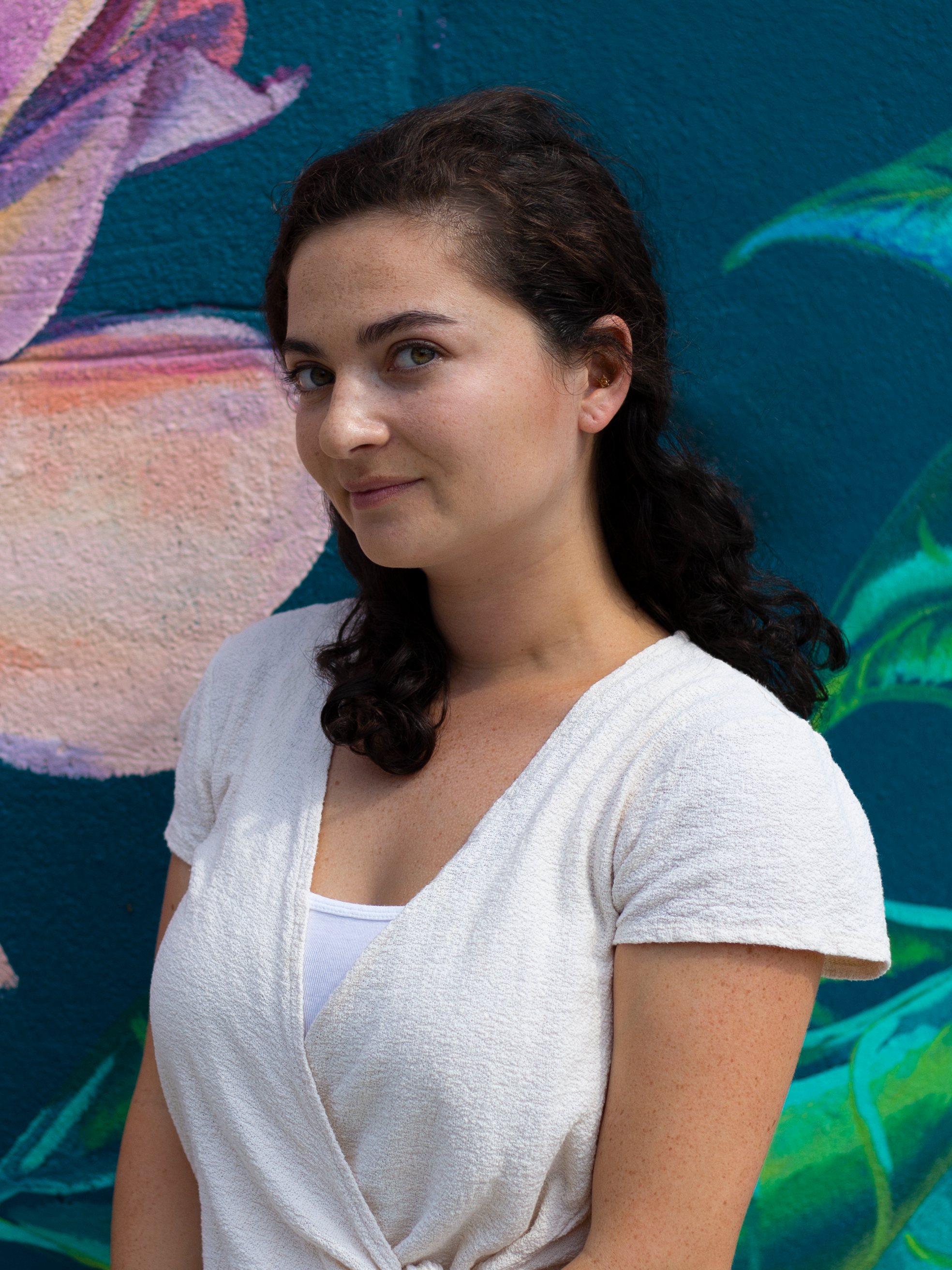
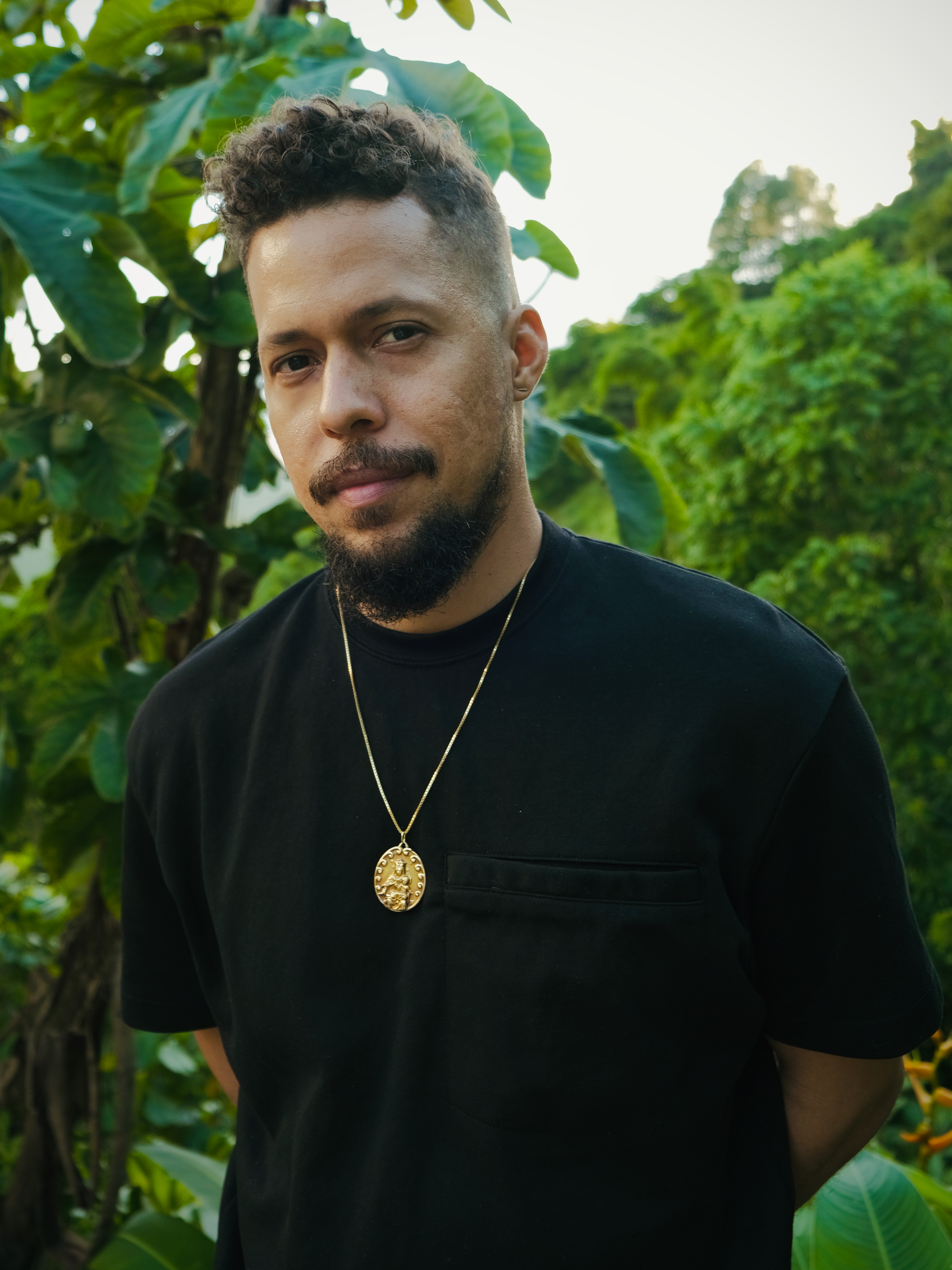
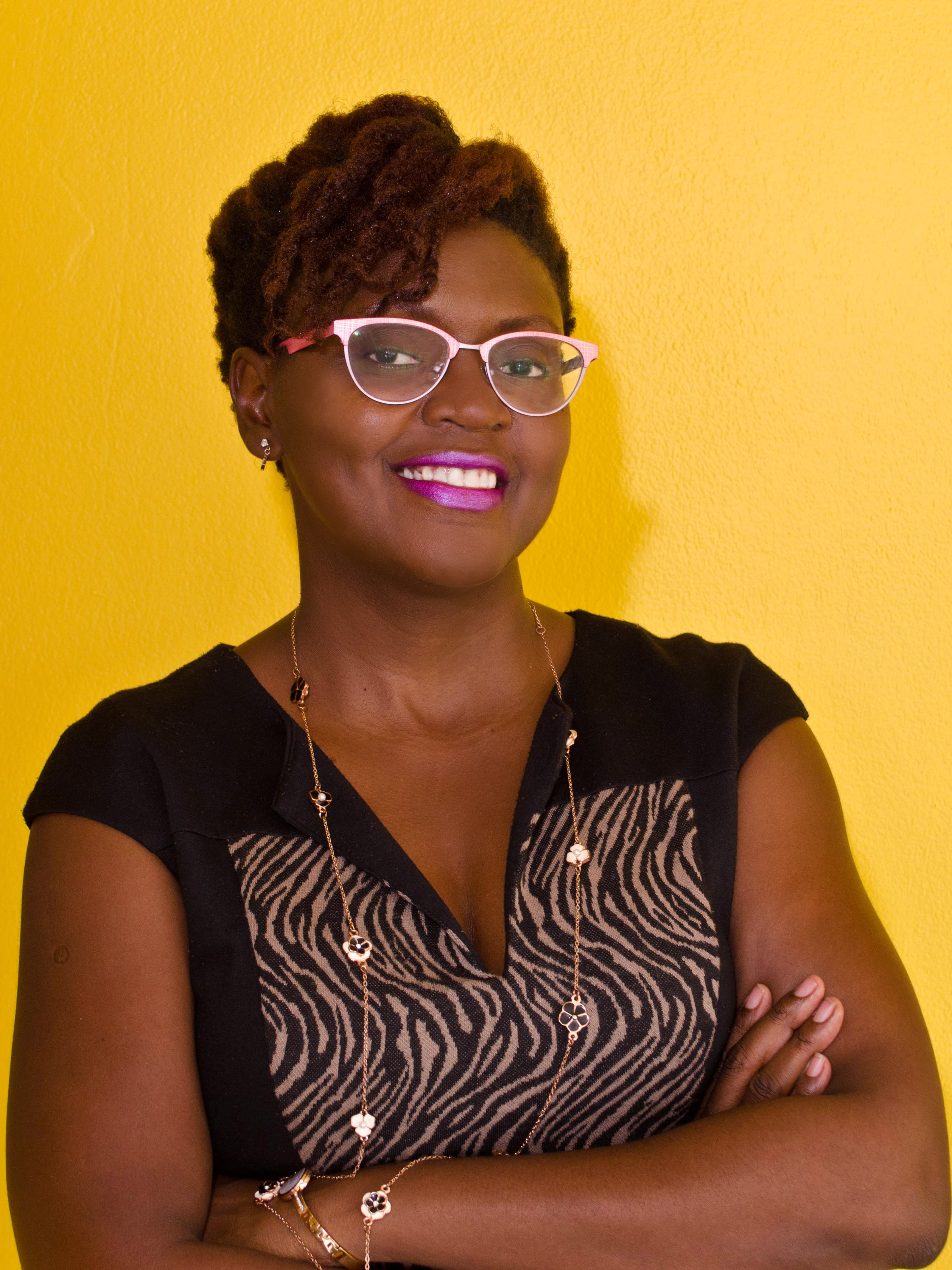

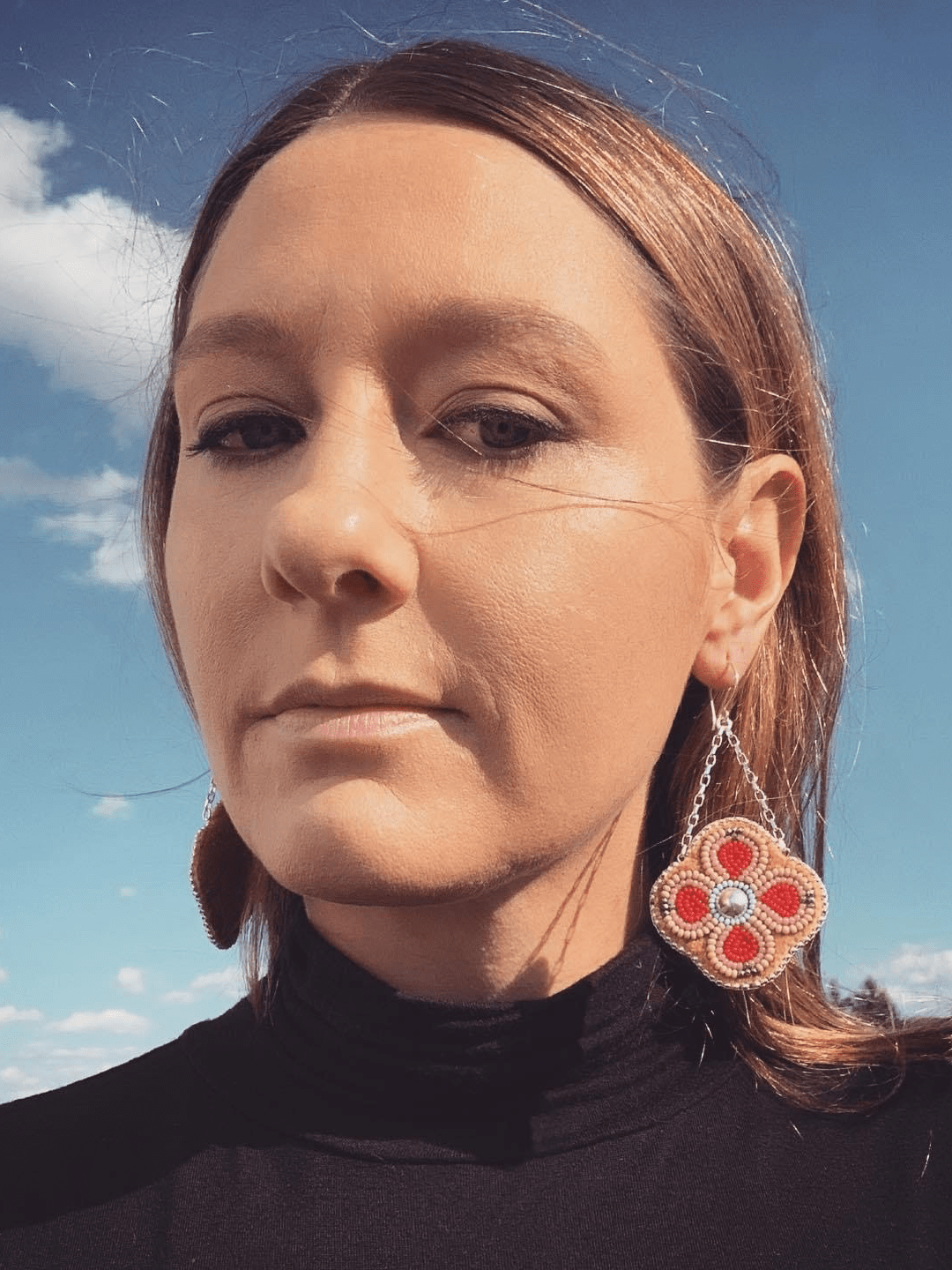
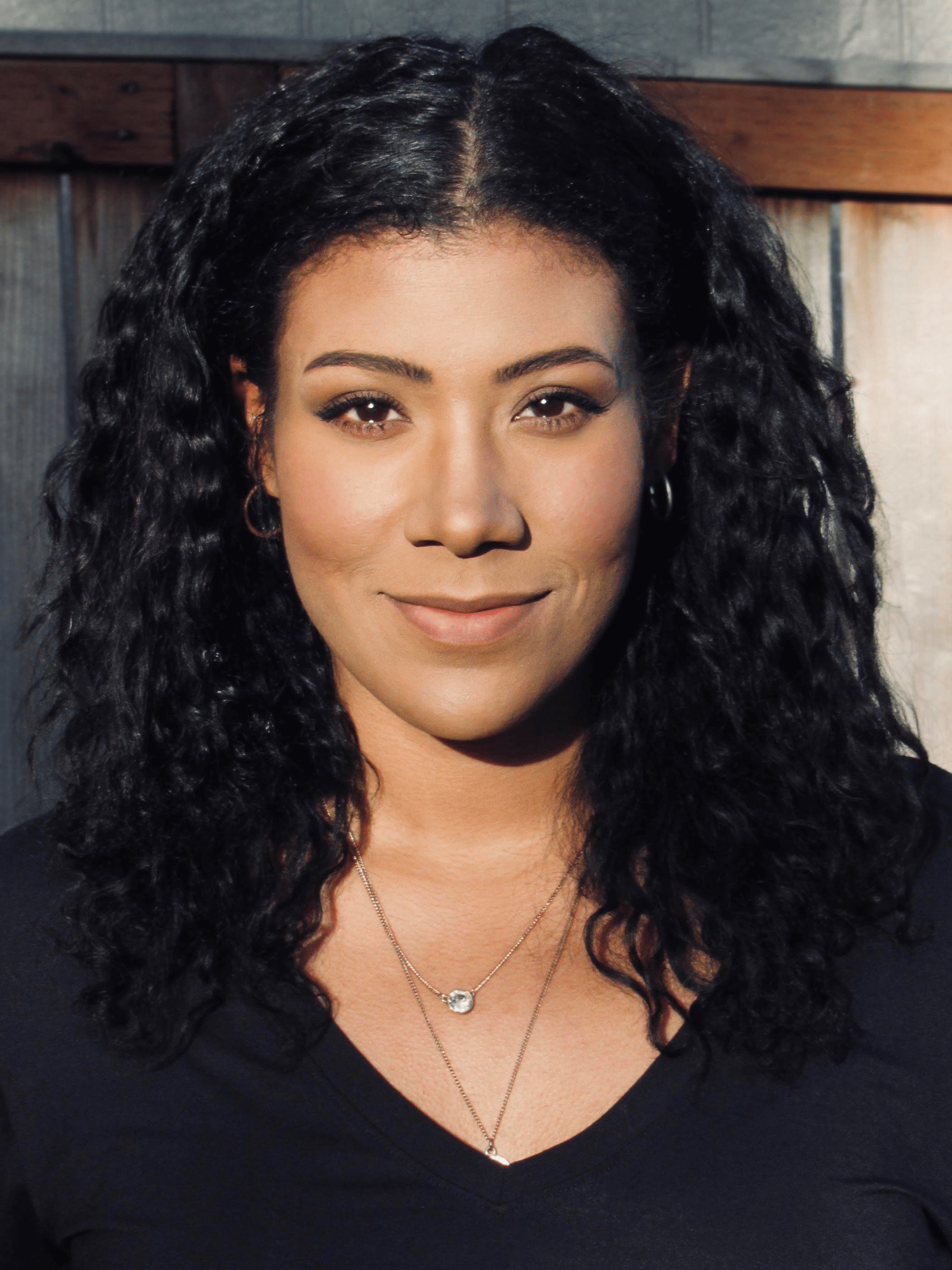
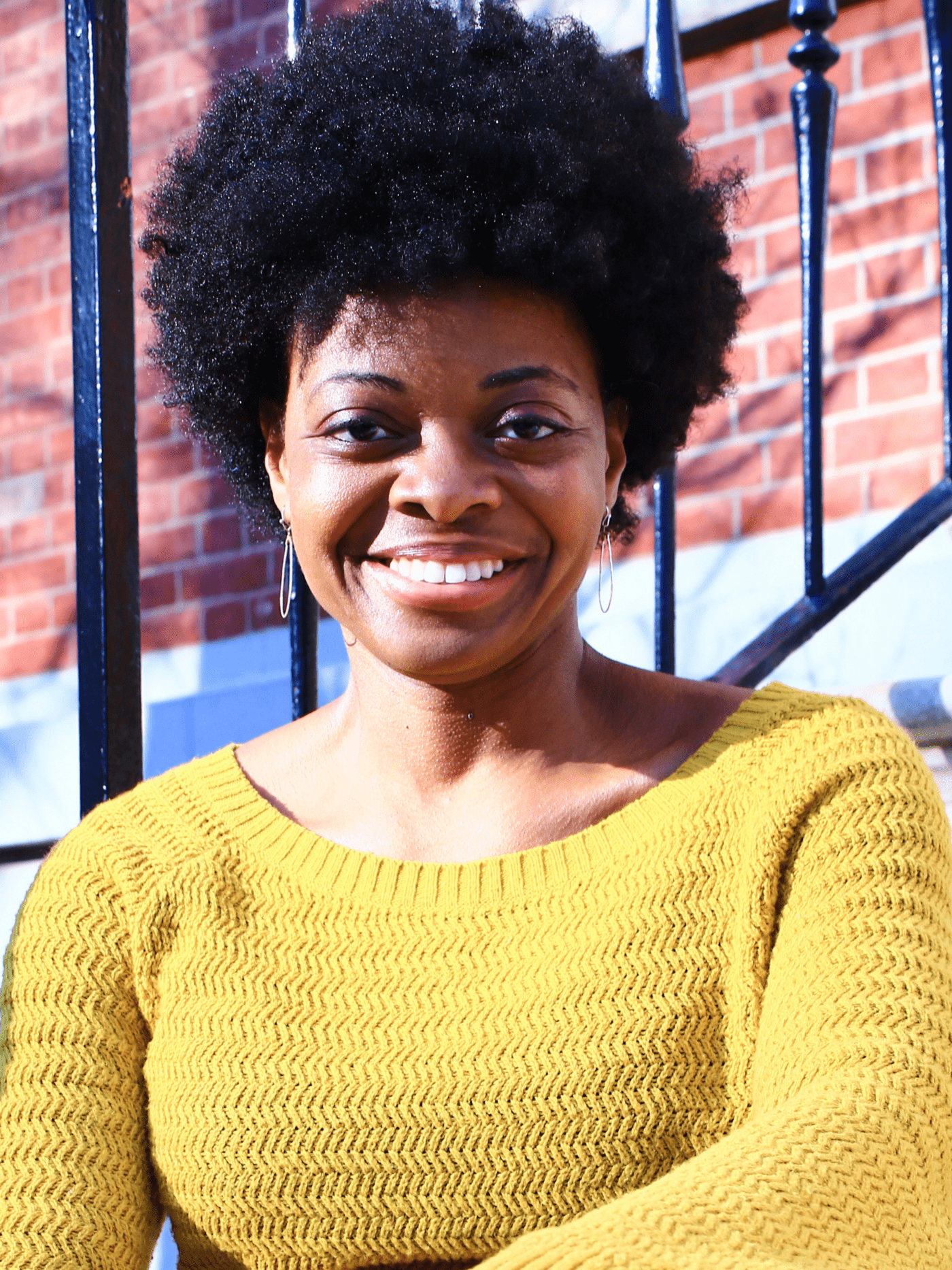

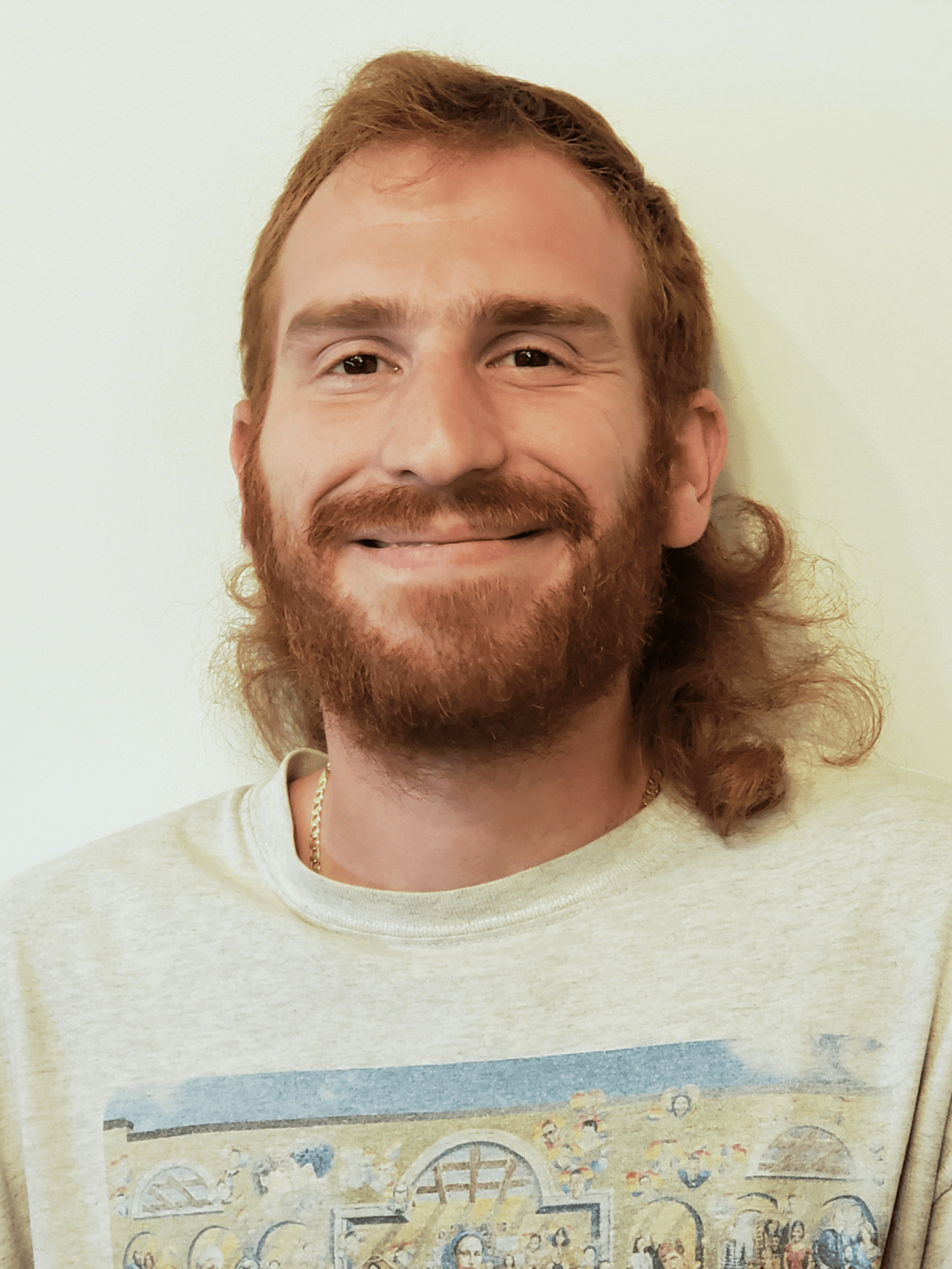
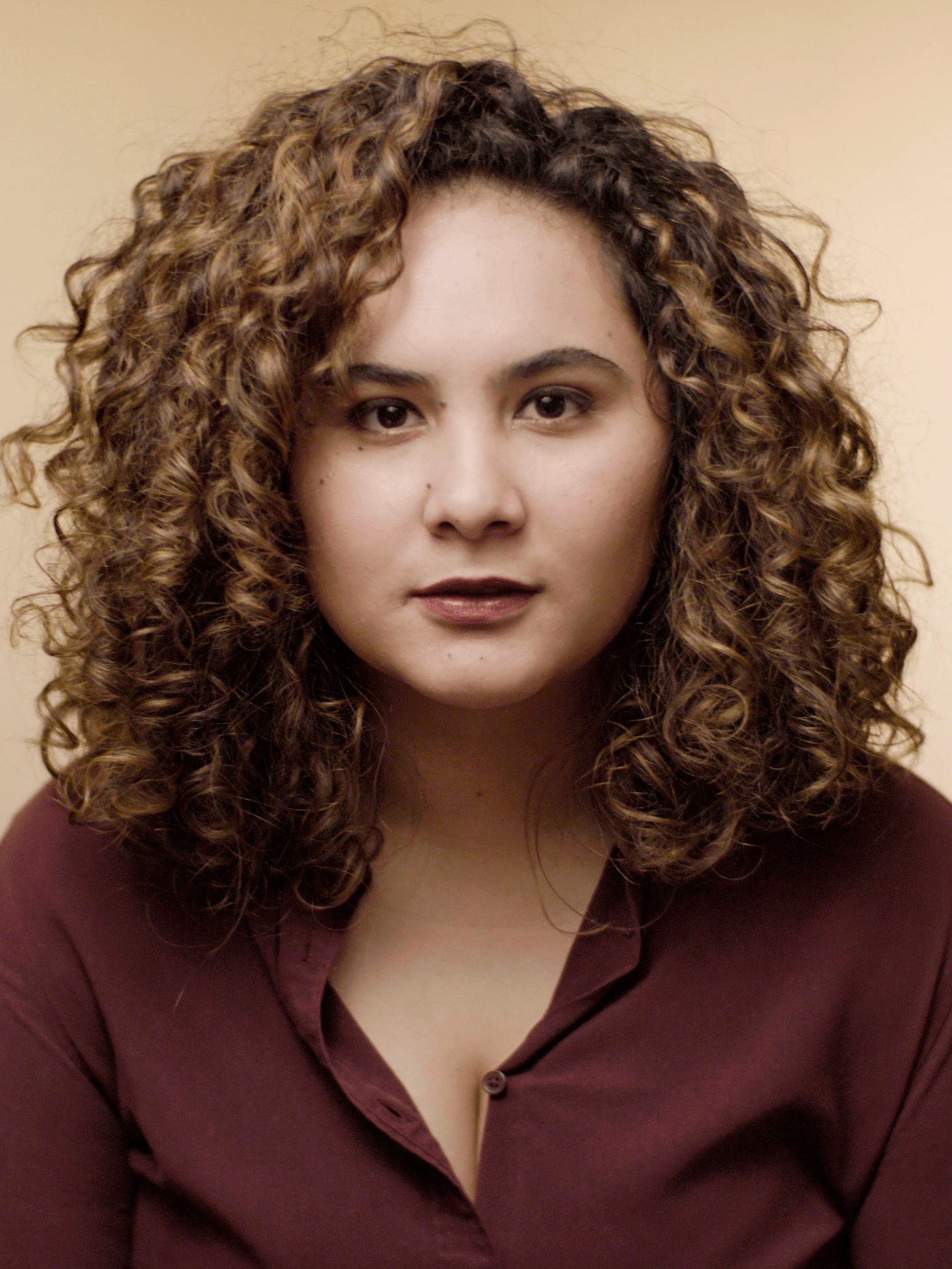
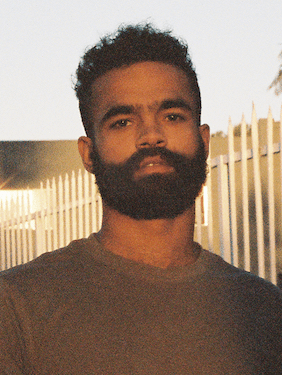
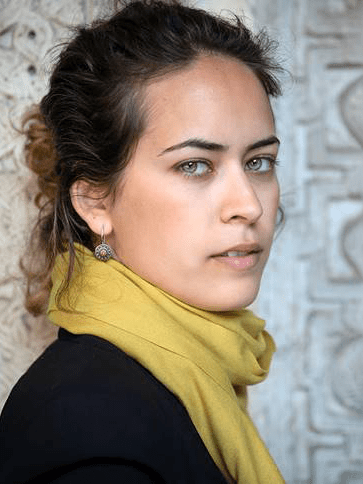
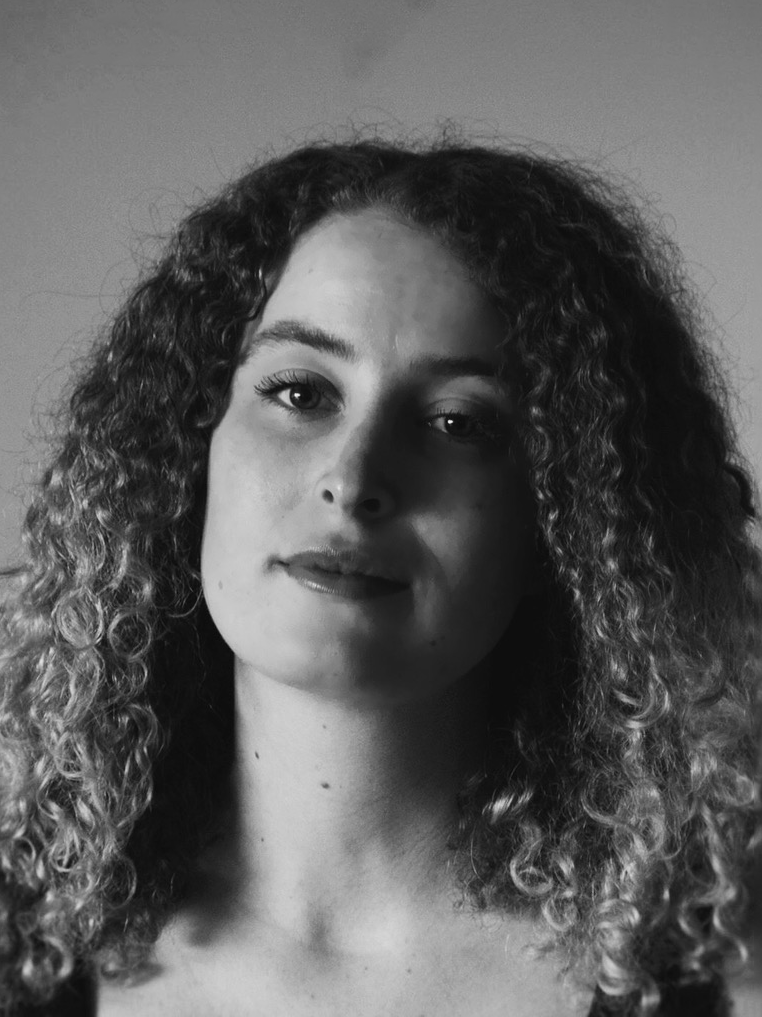
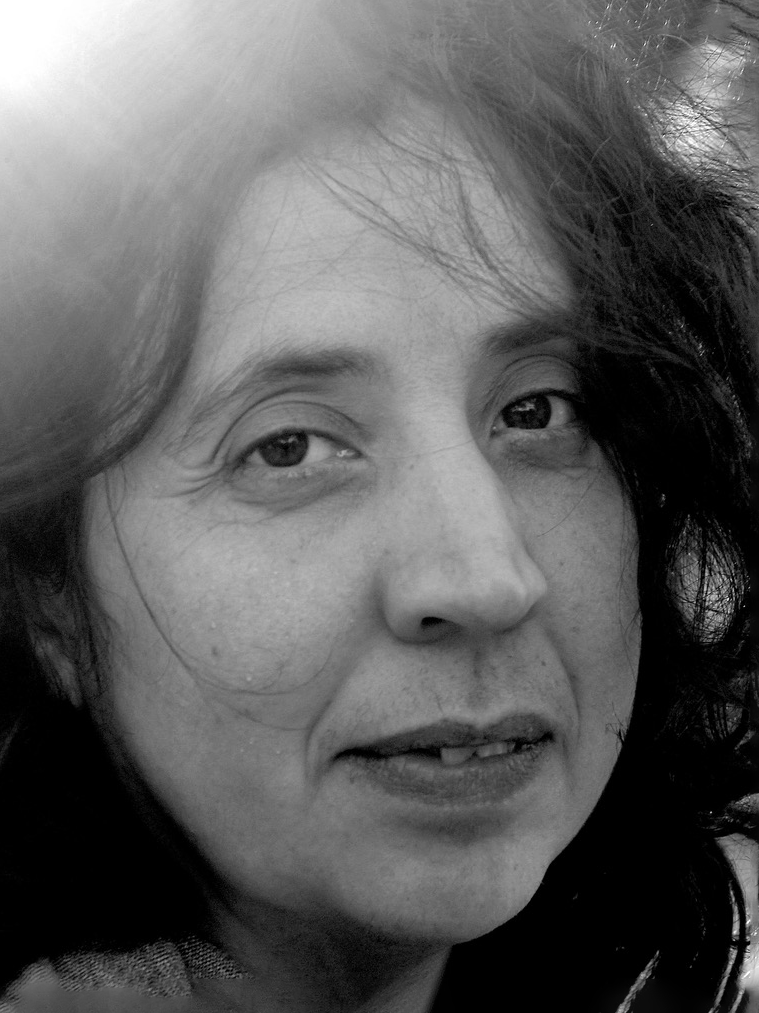
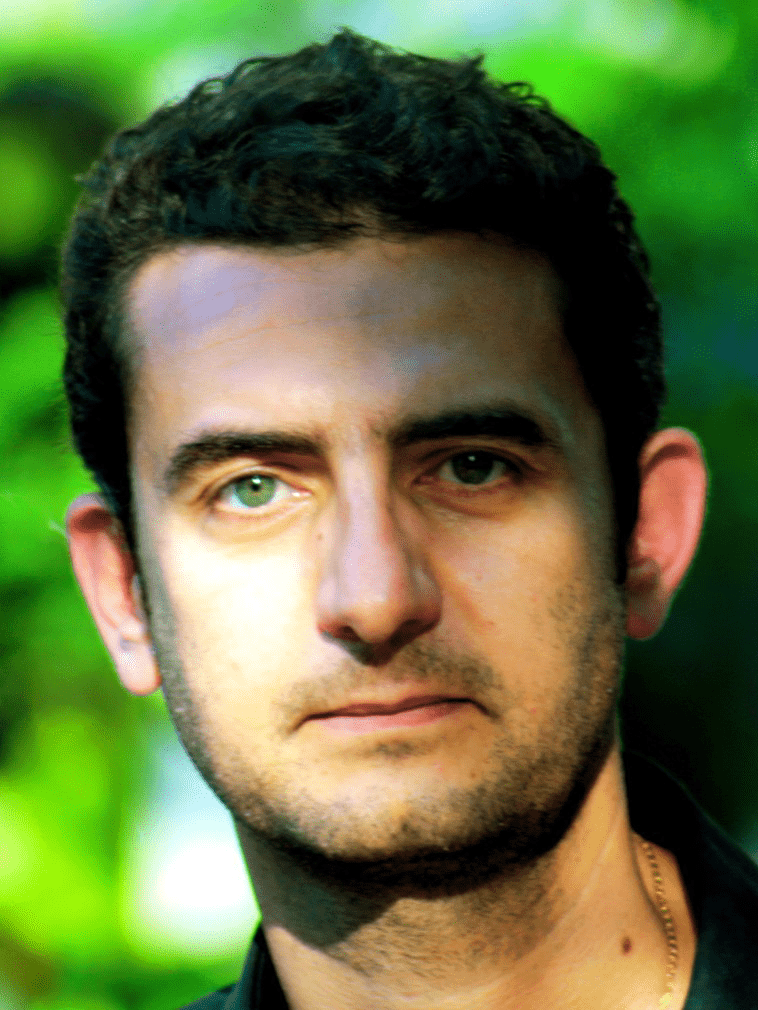
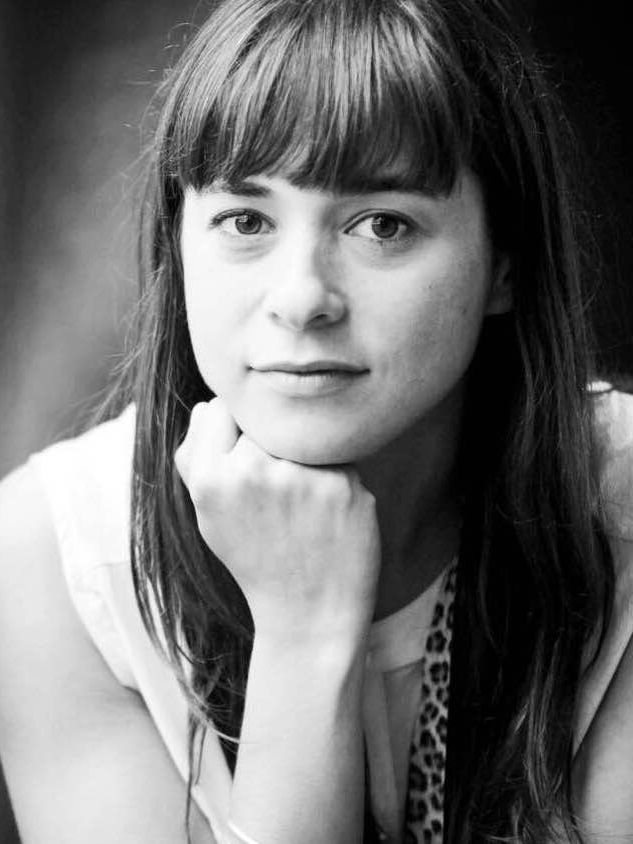
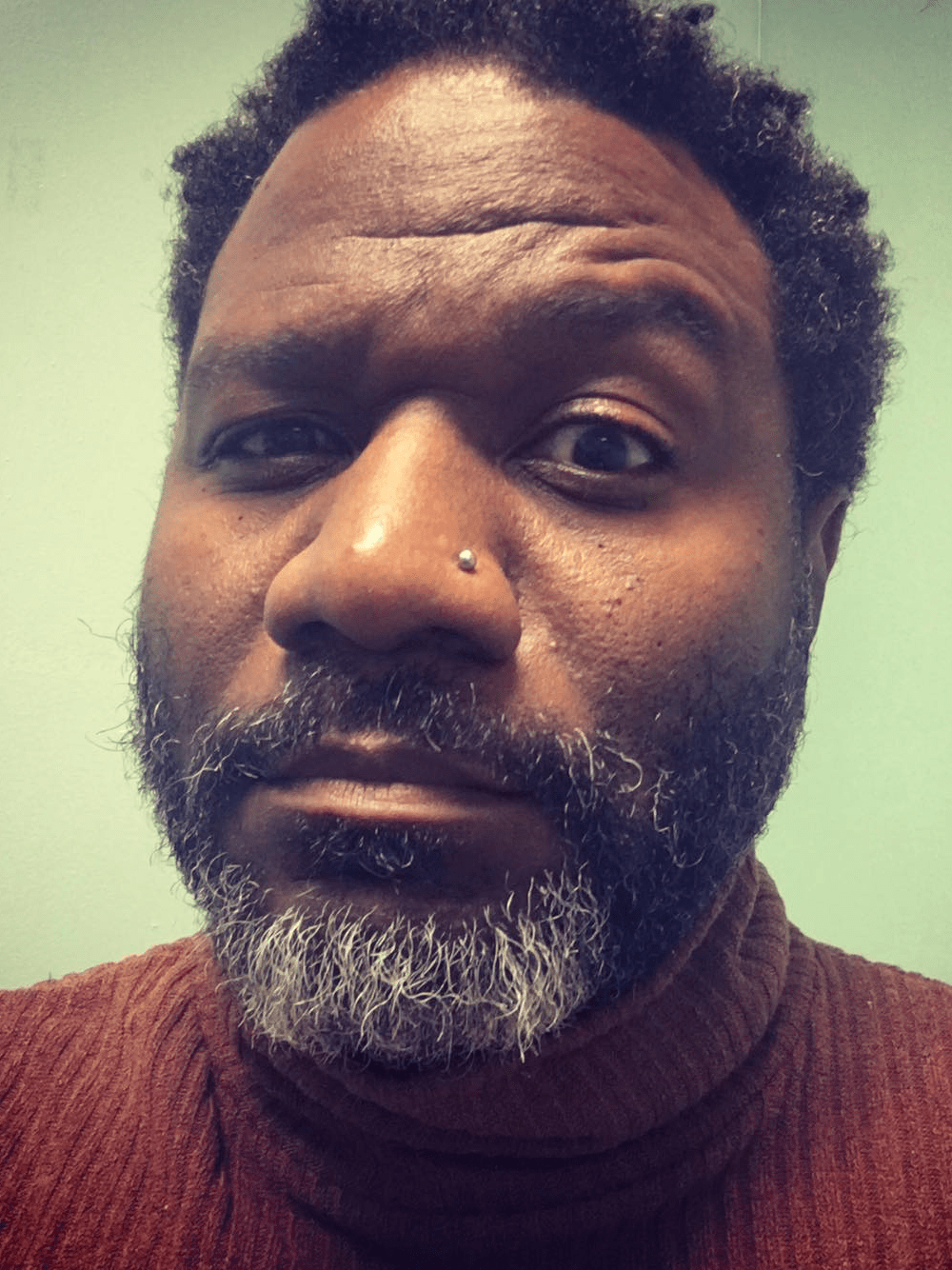 </p
</p